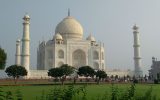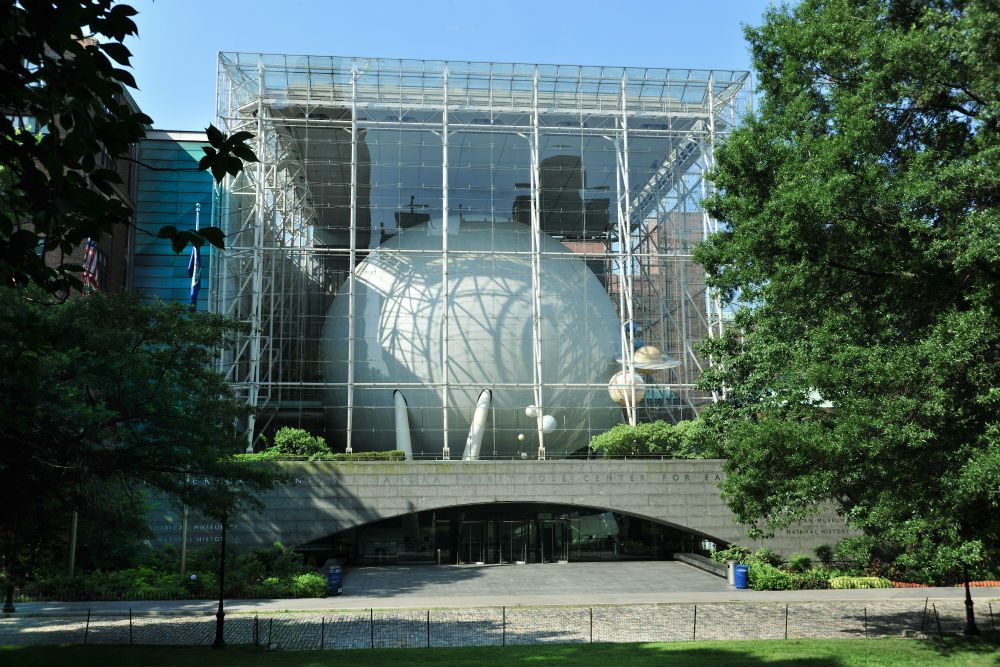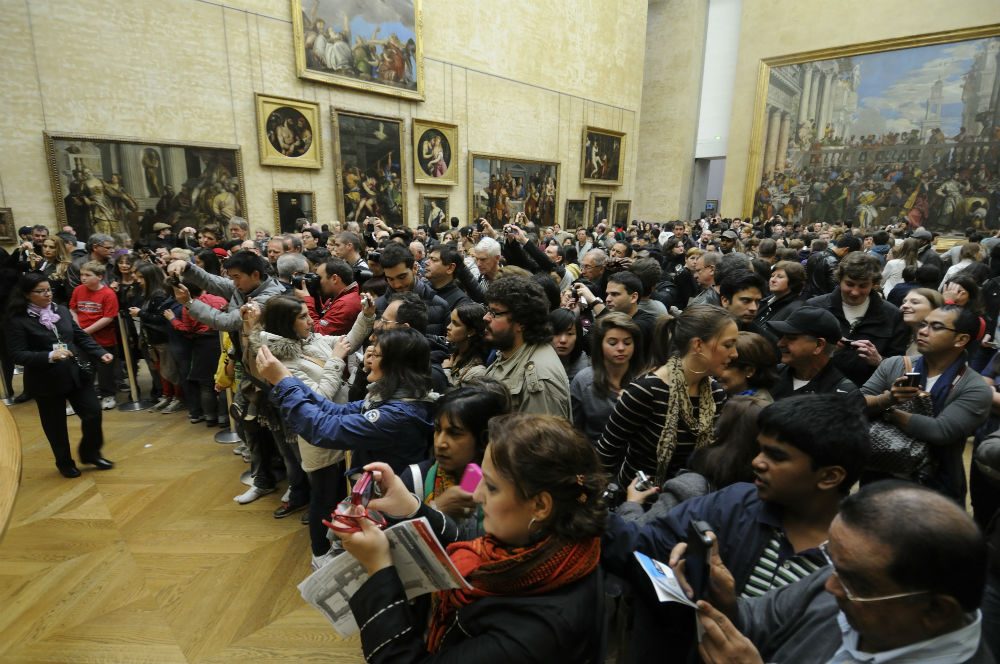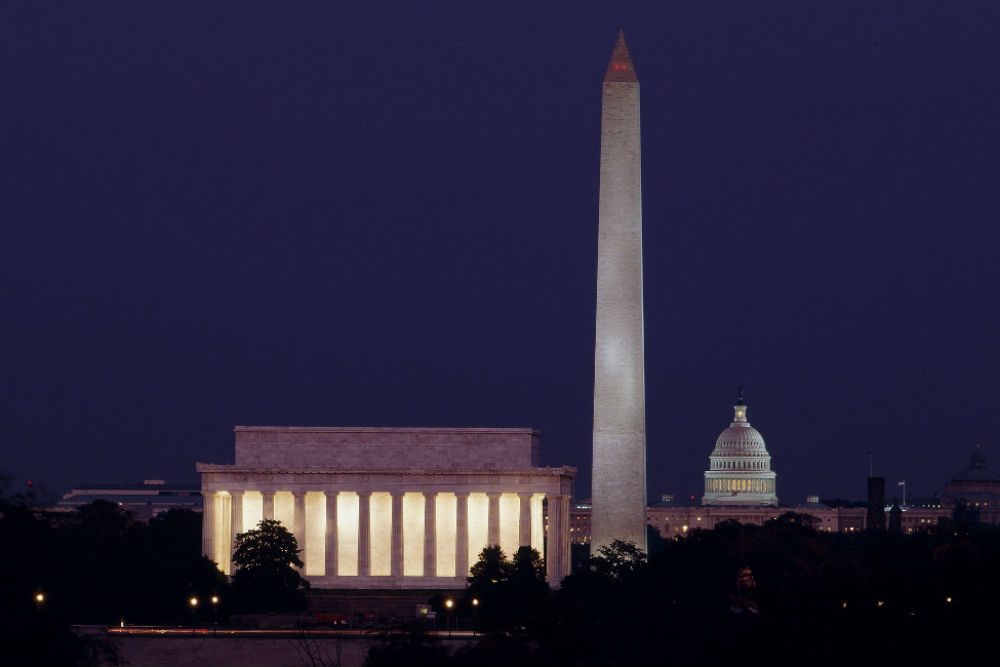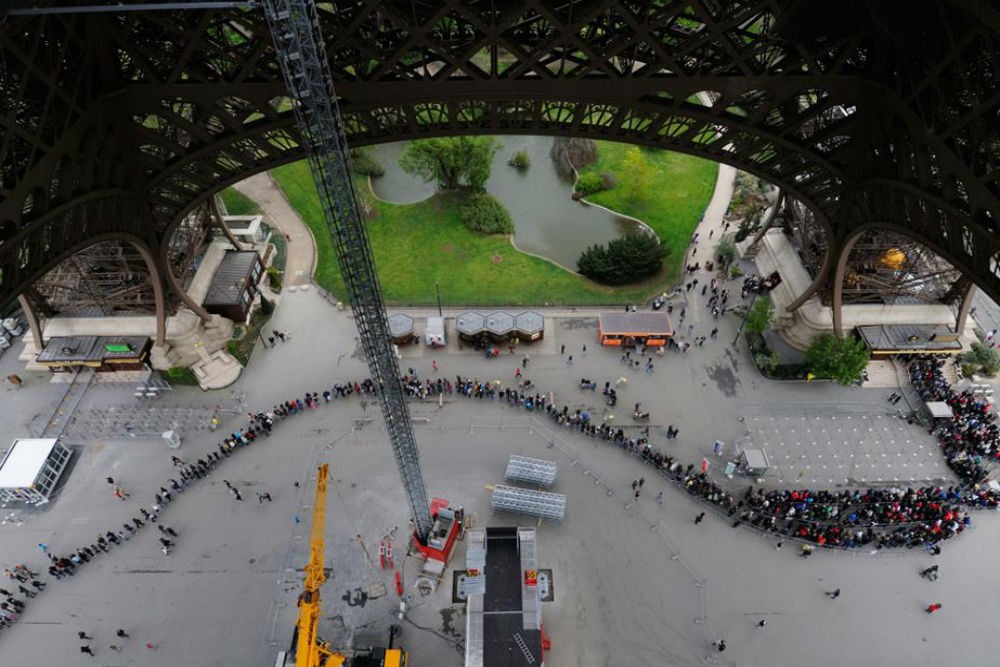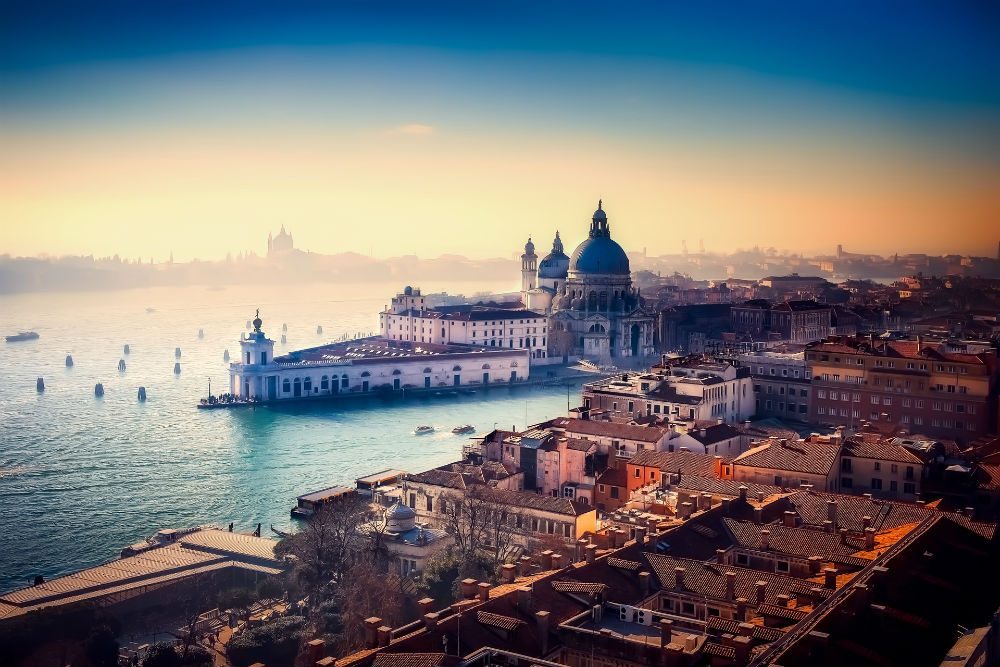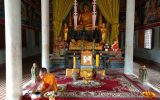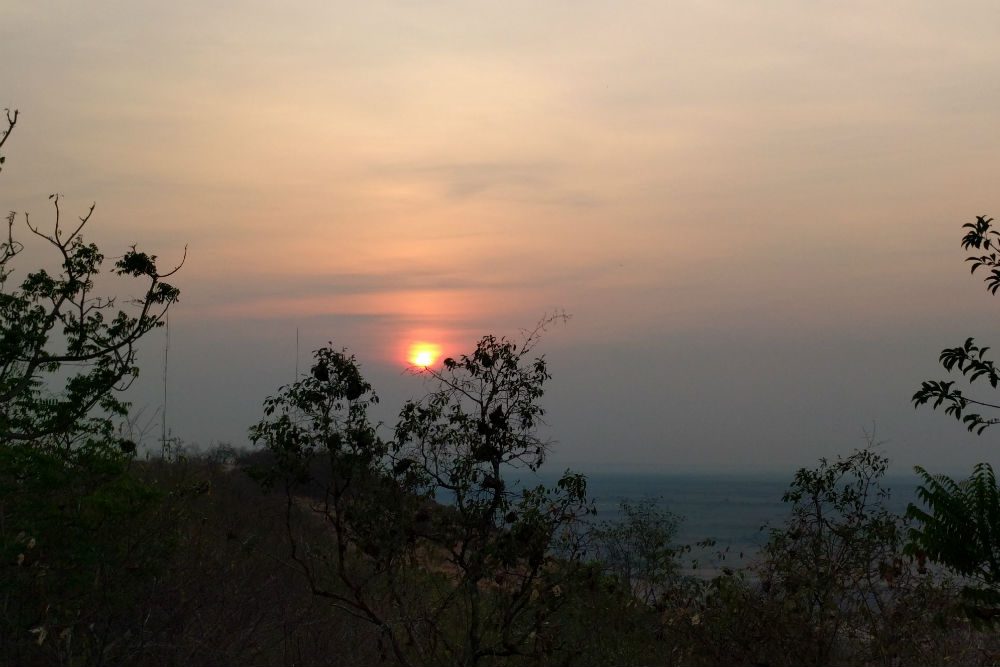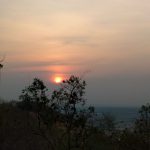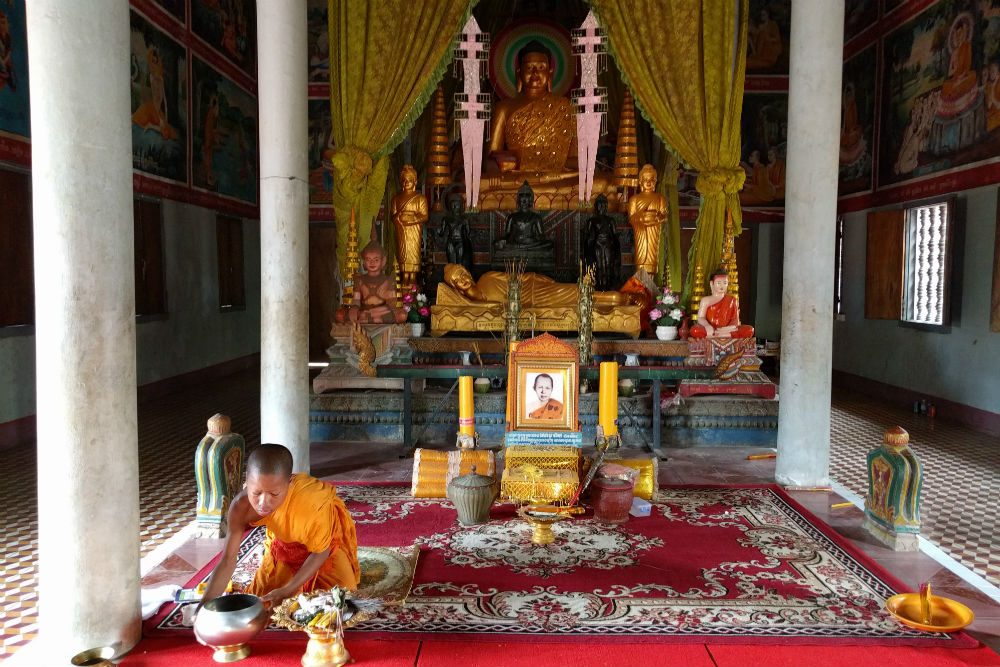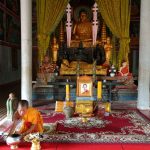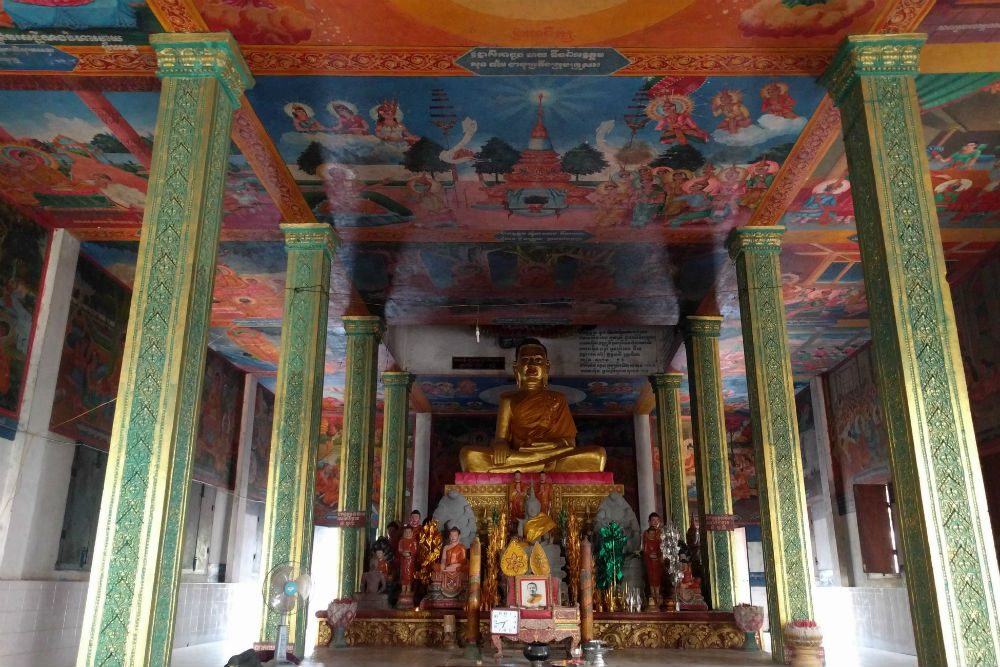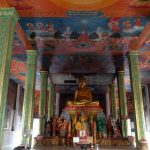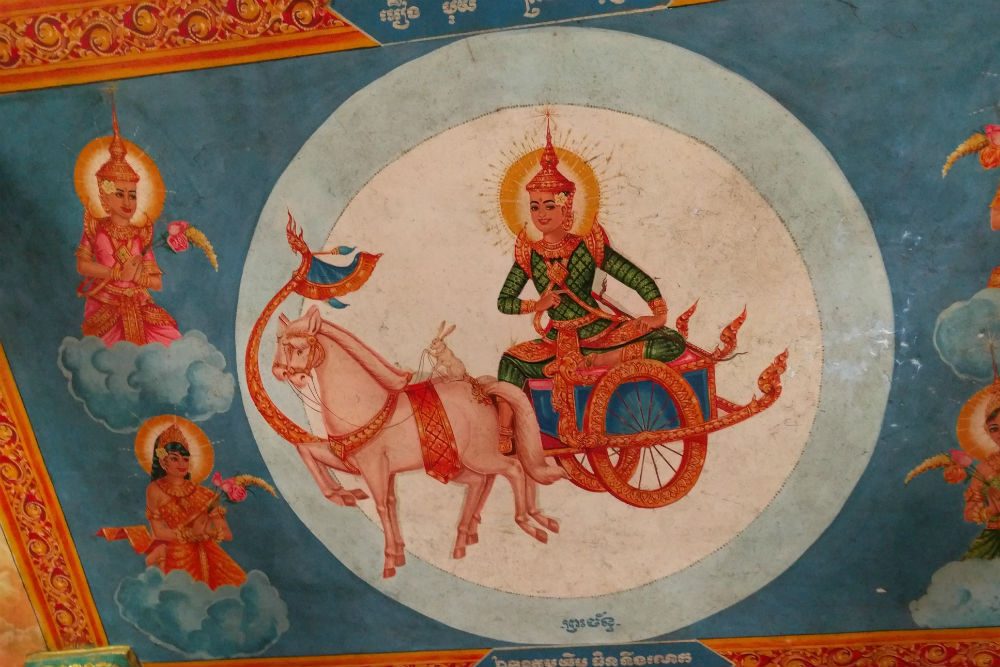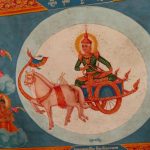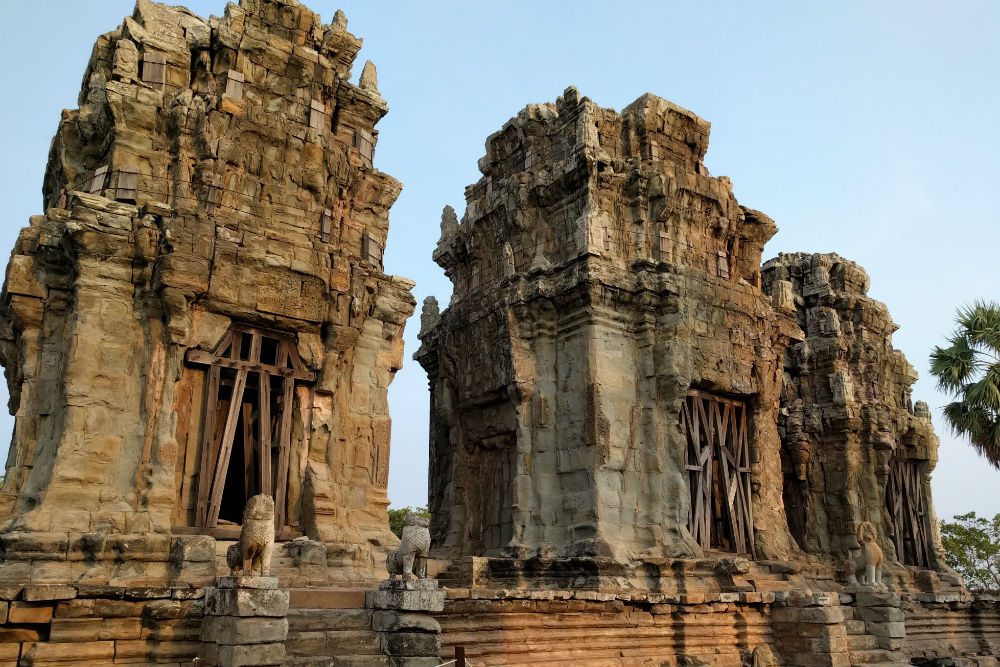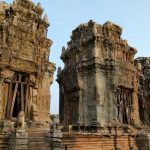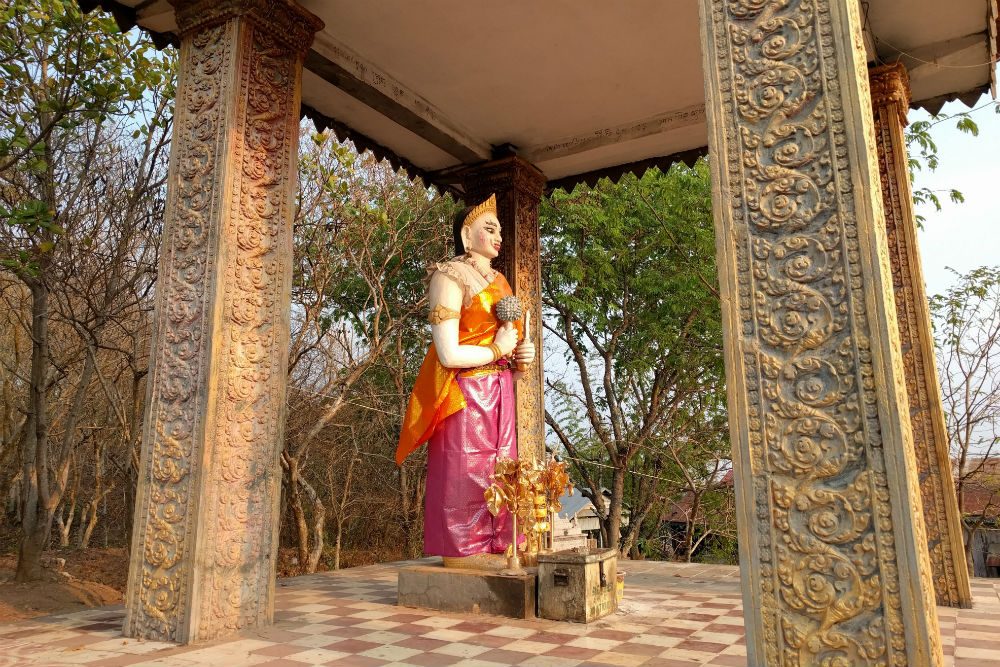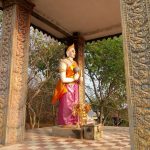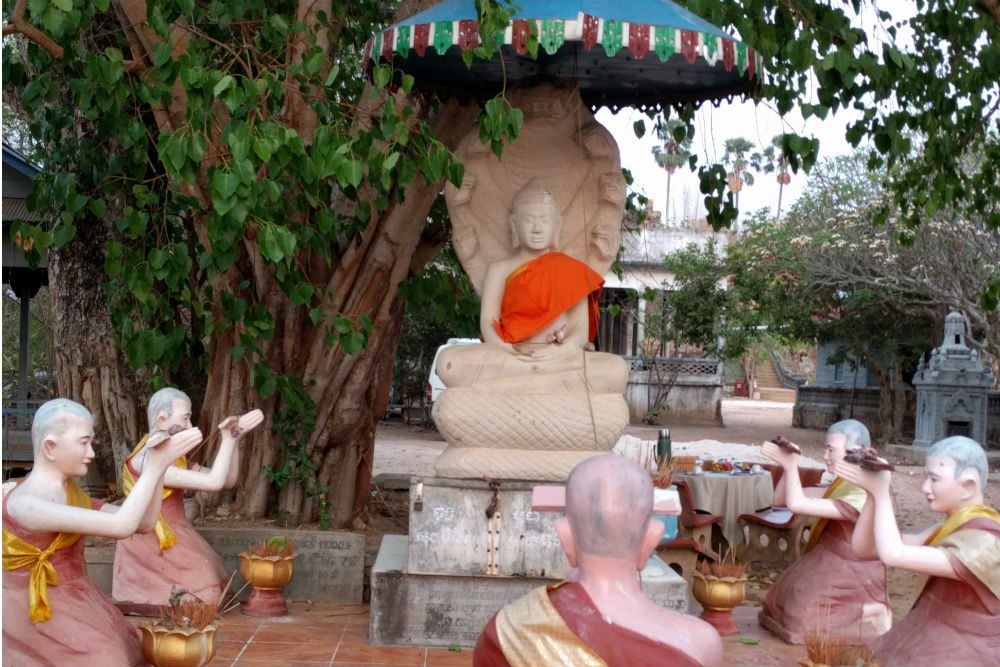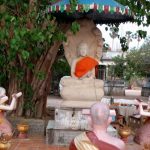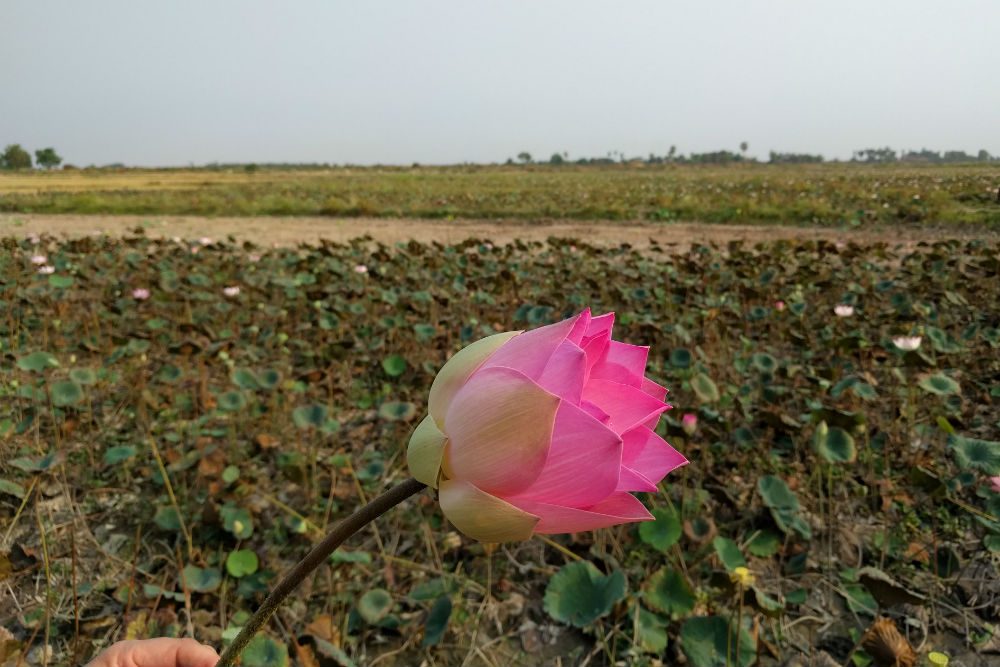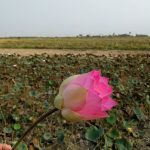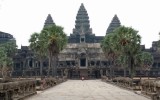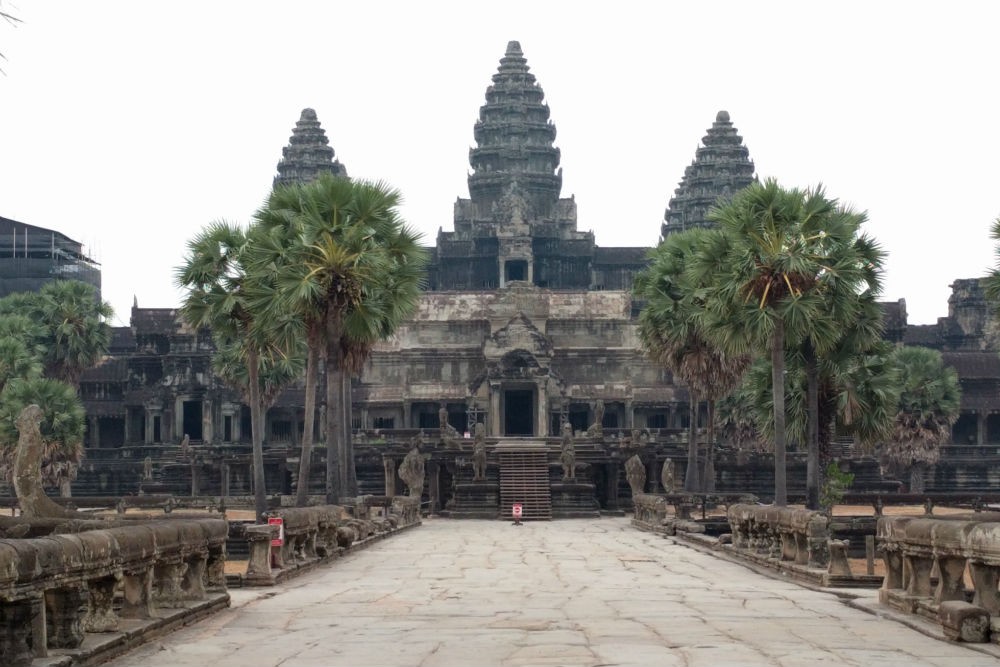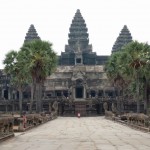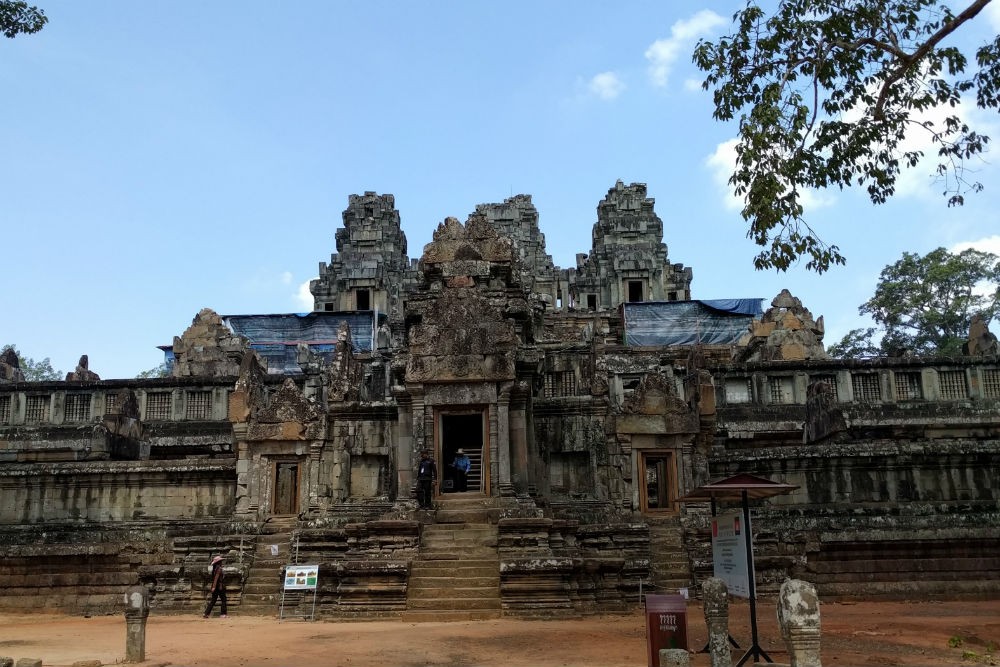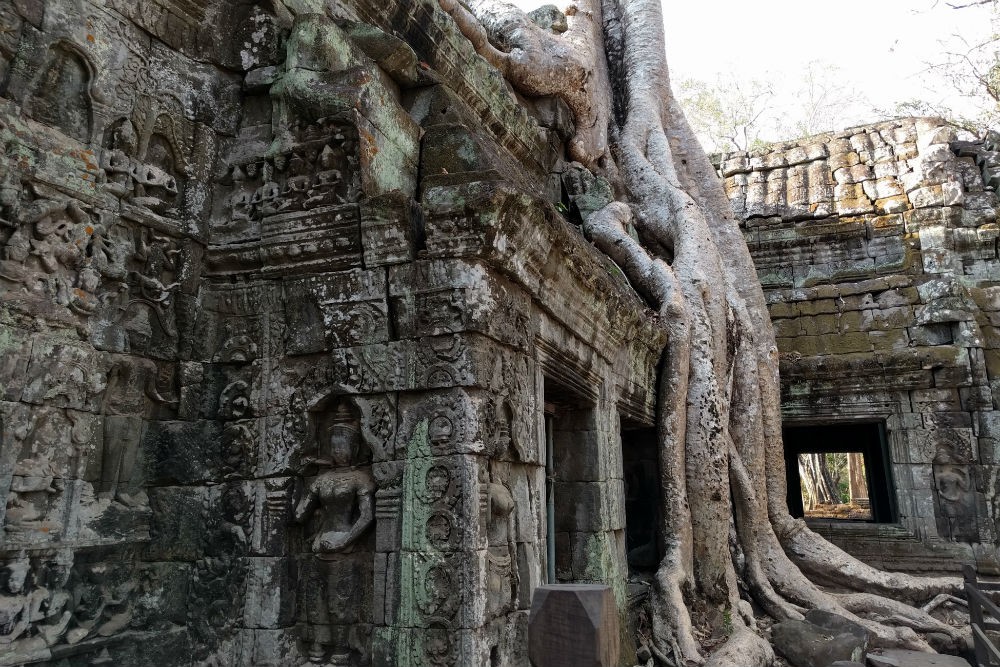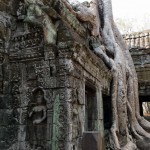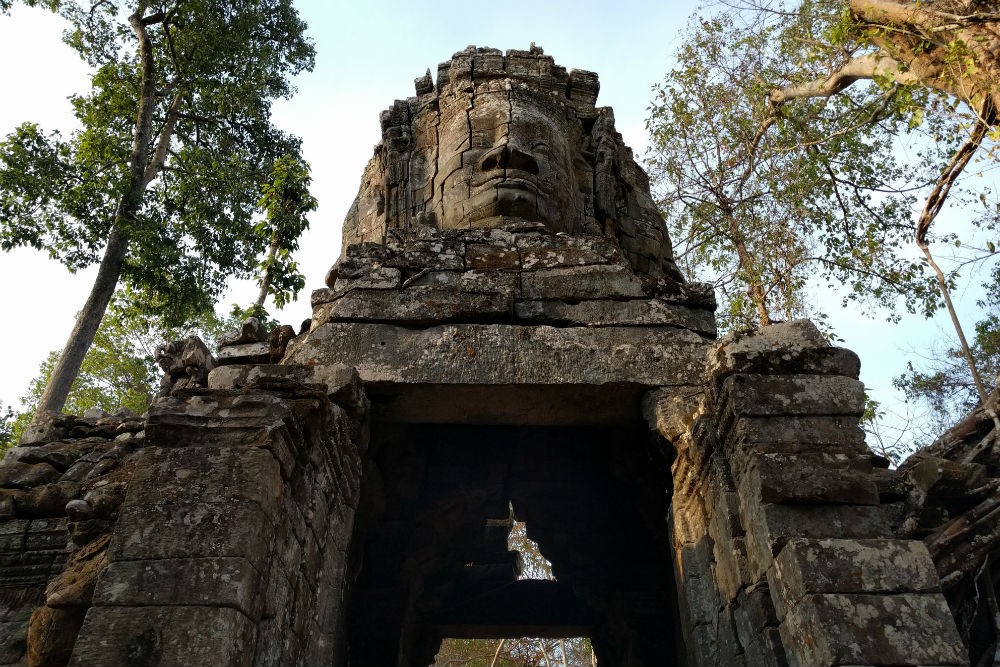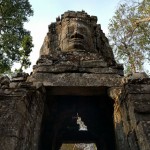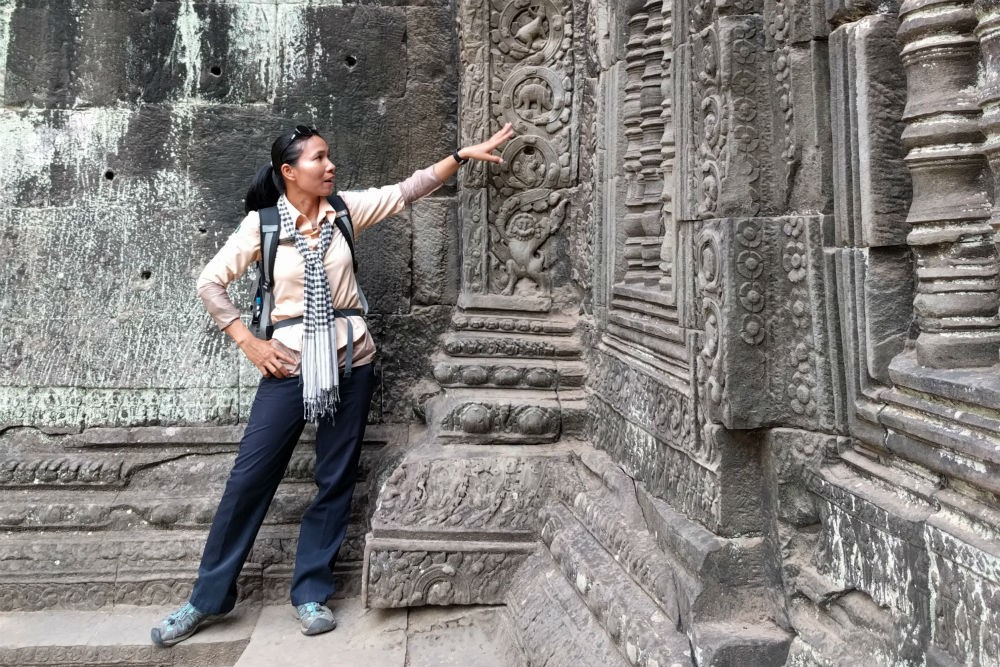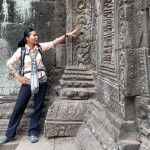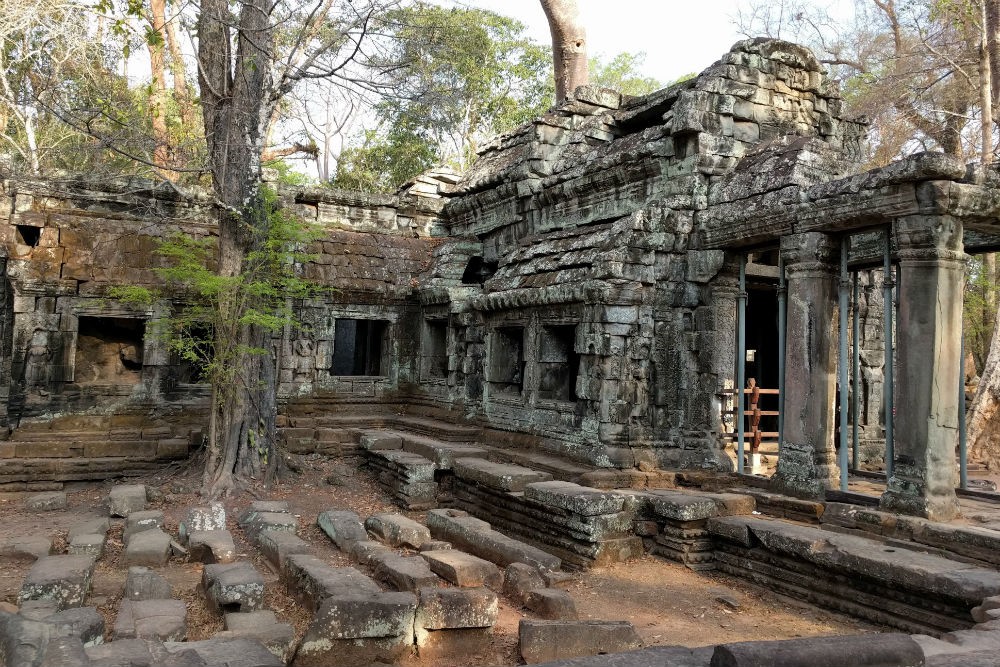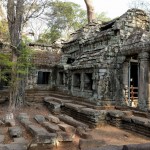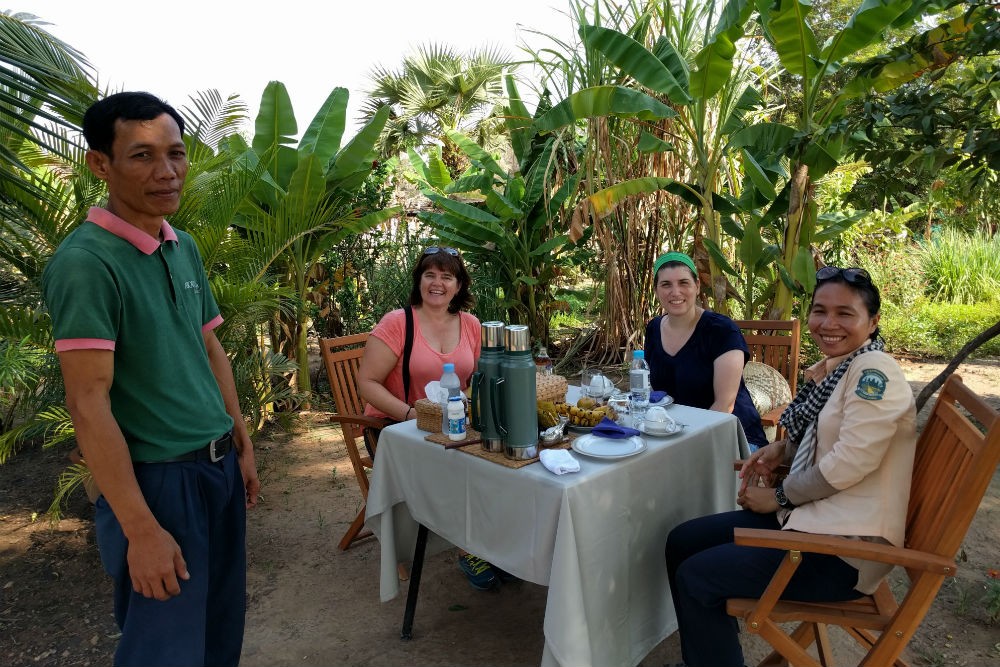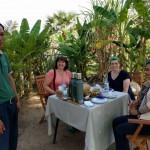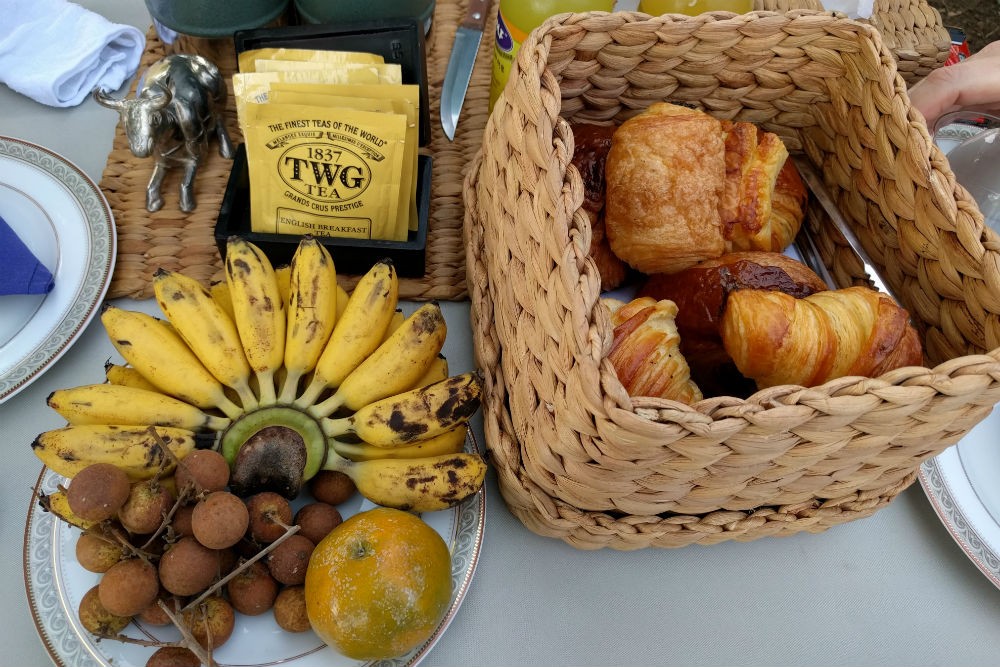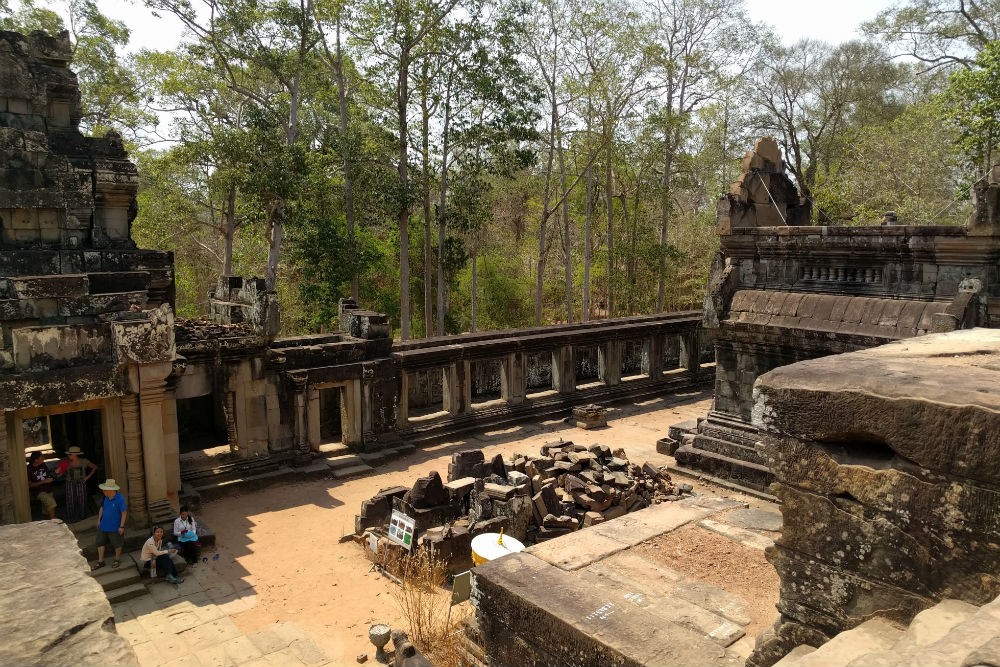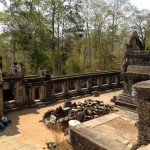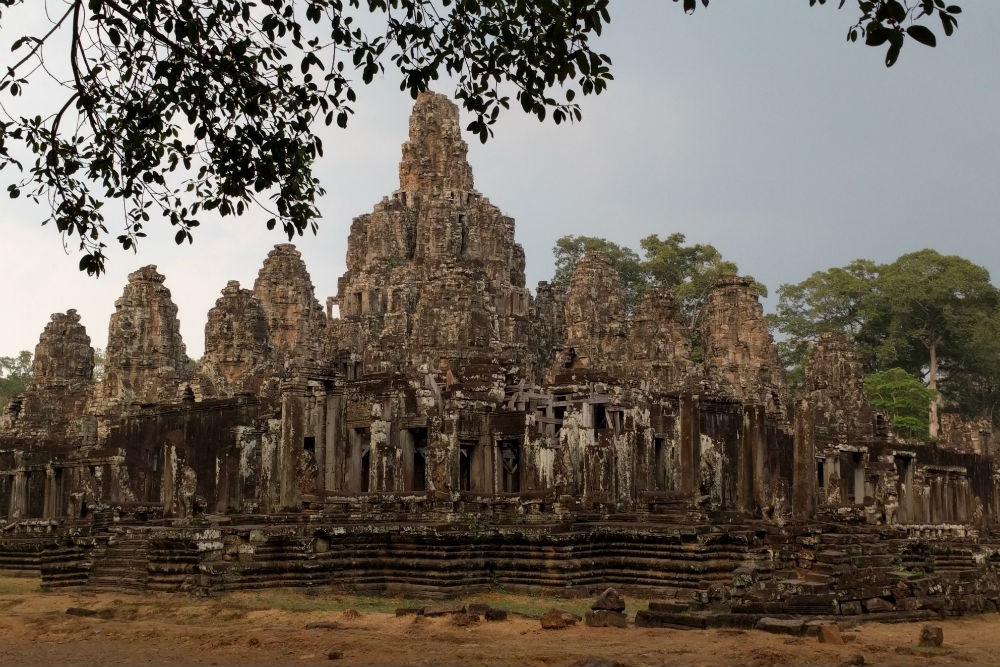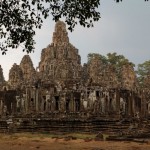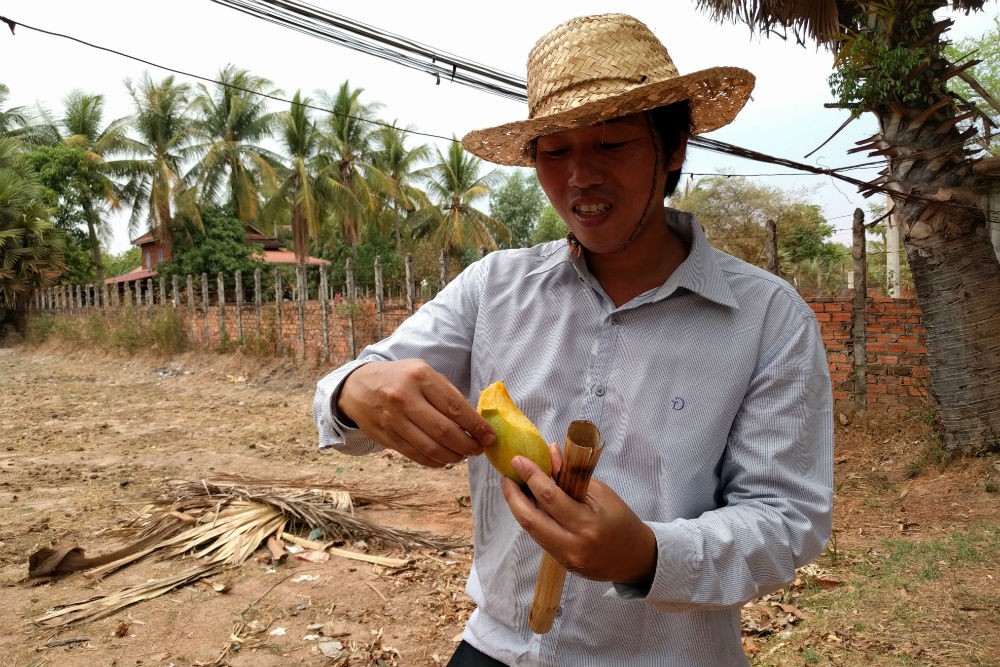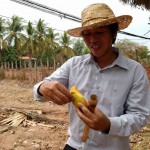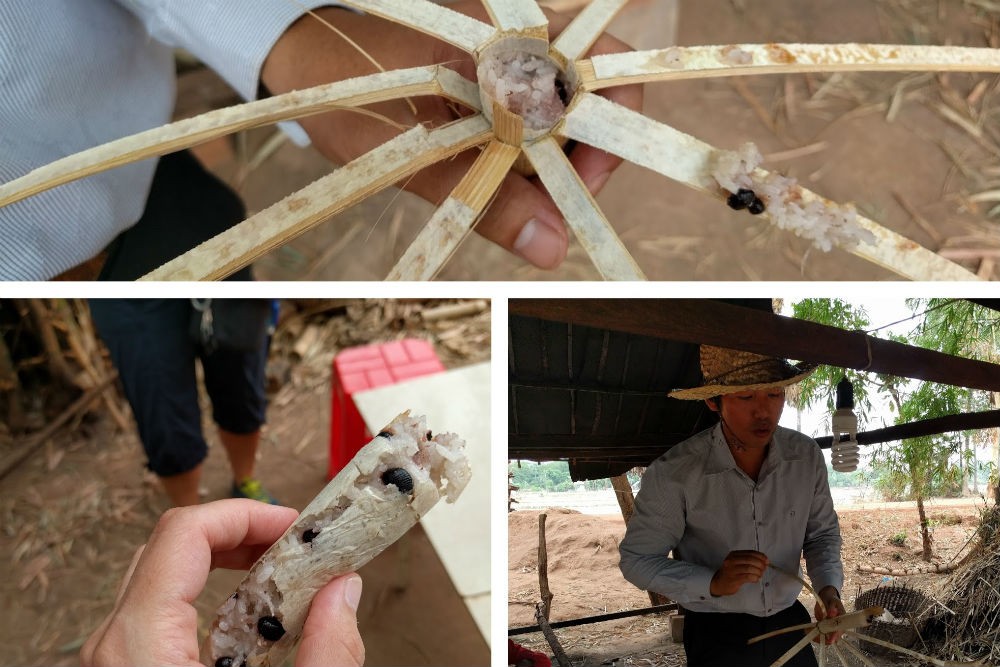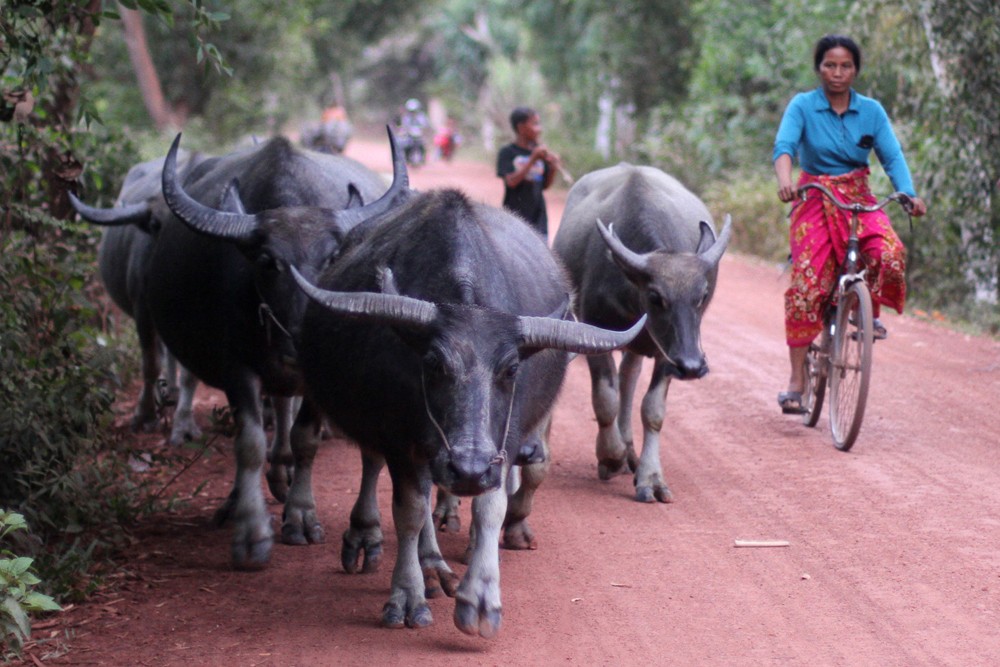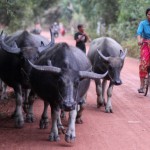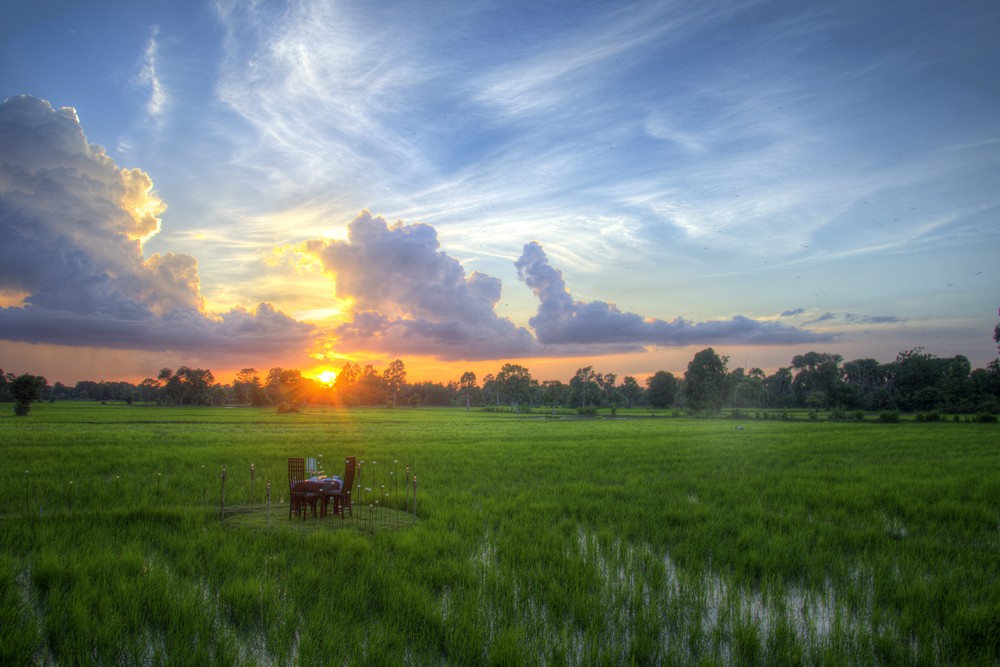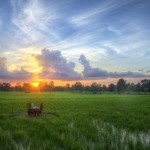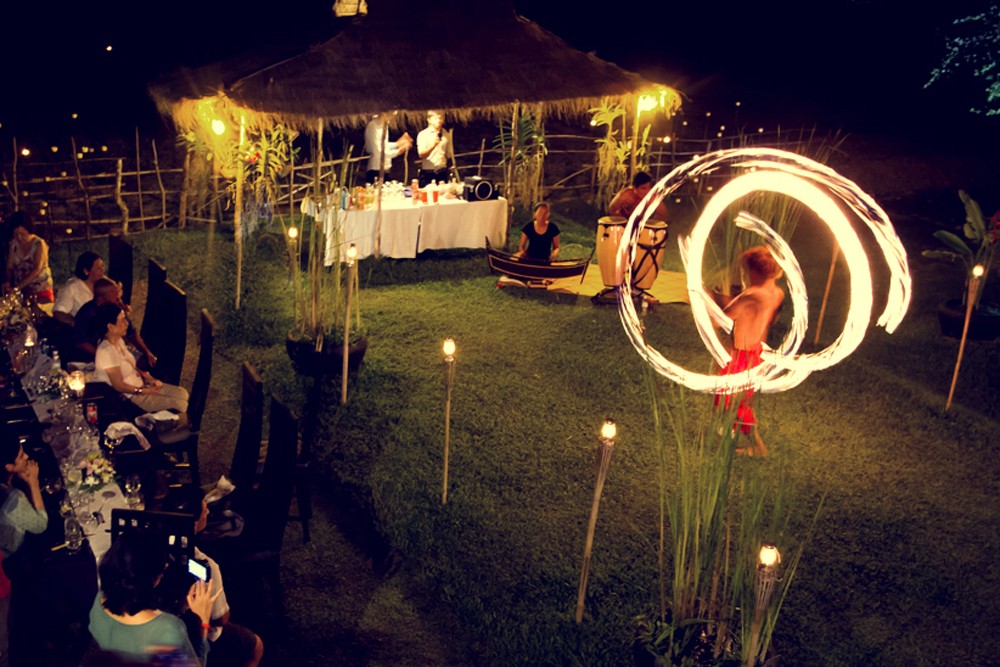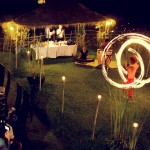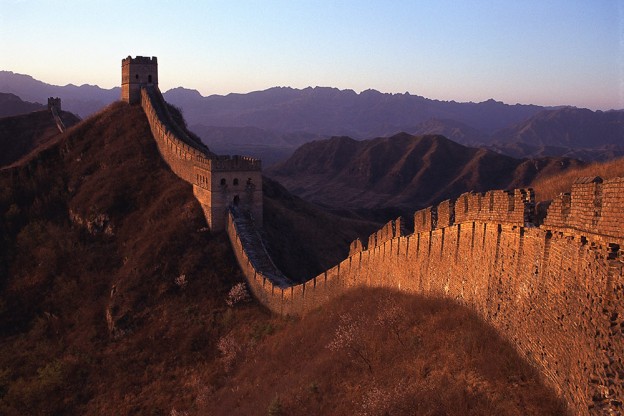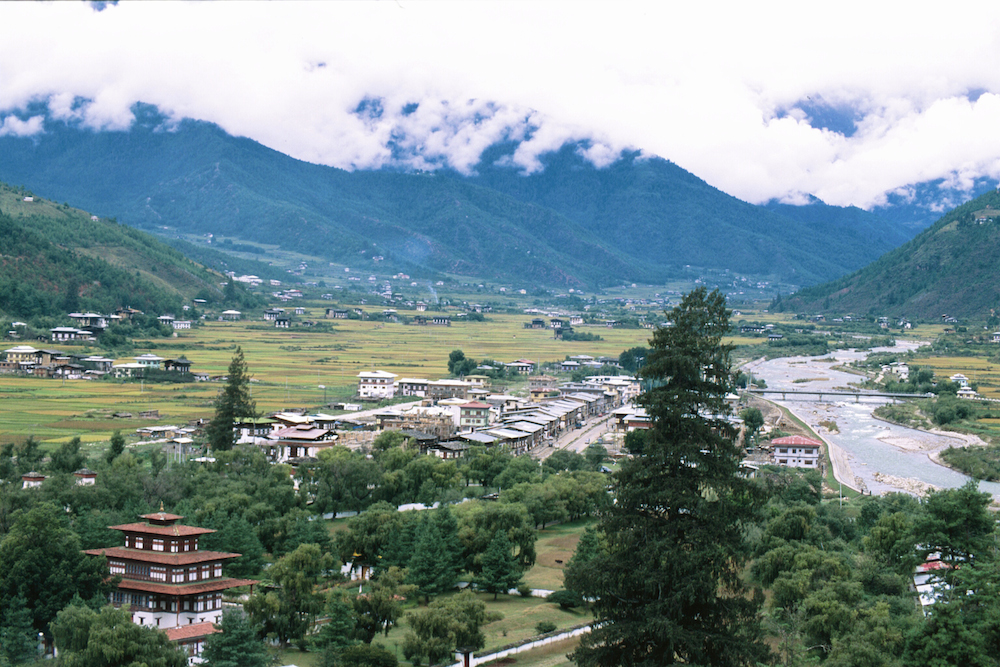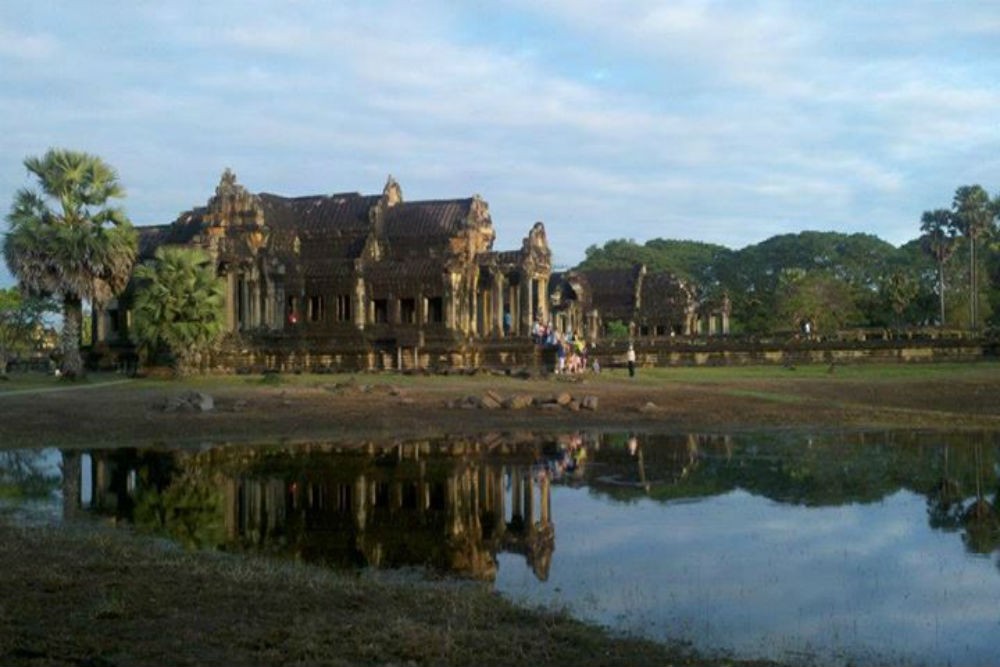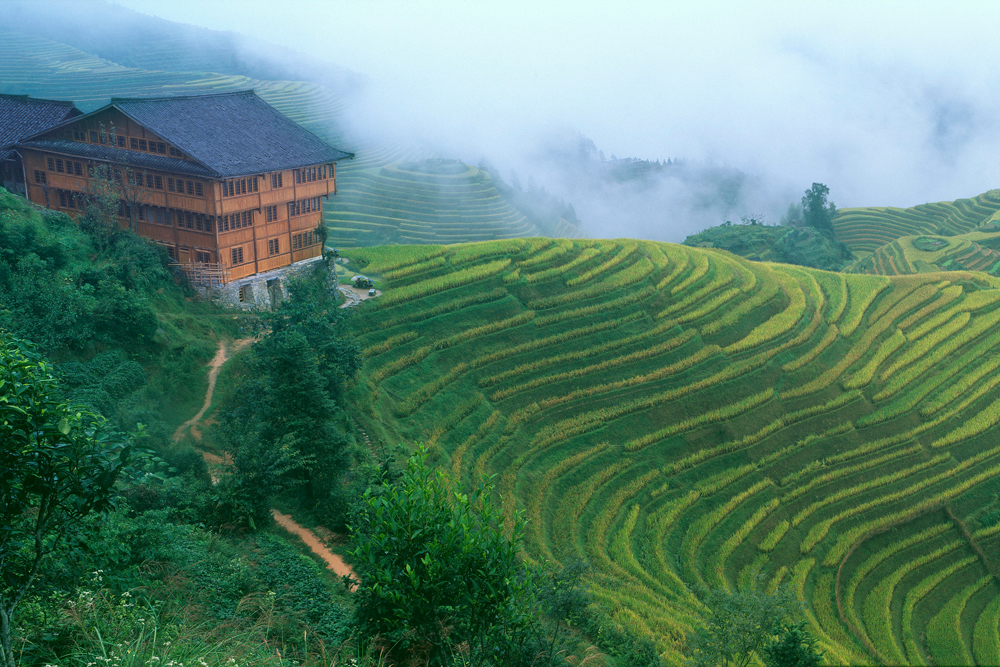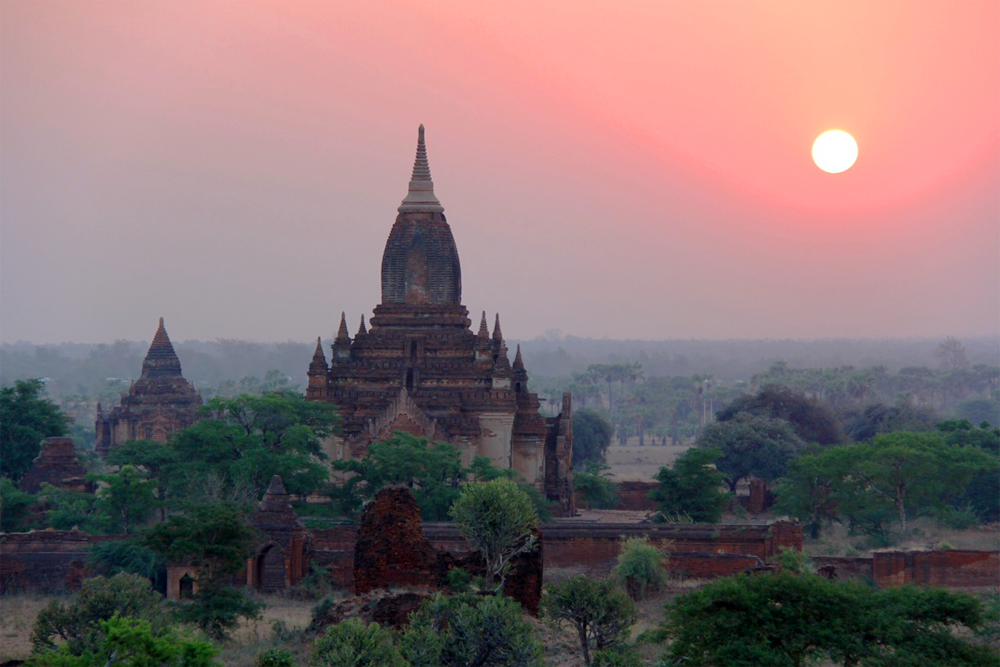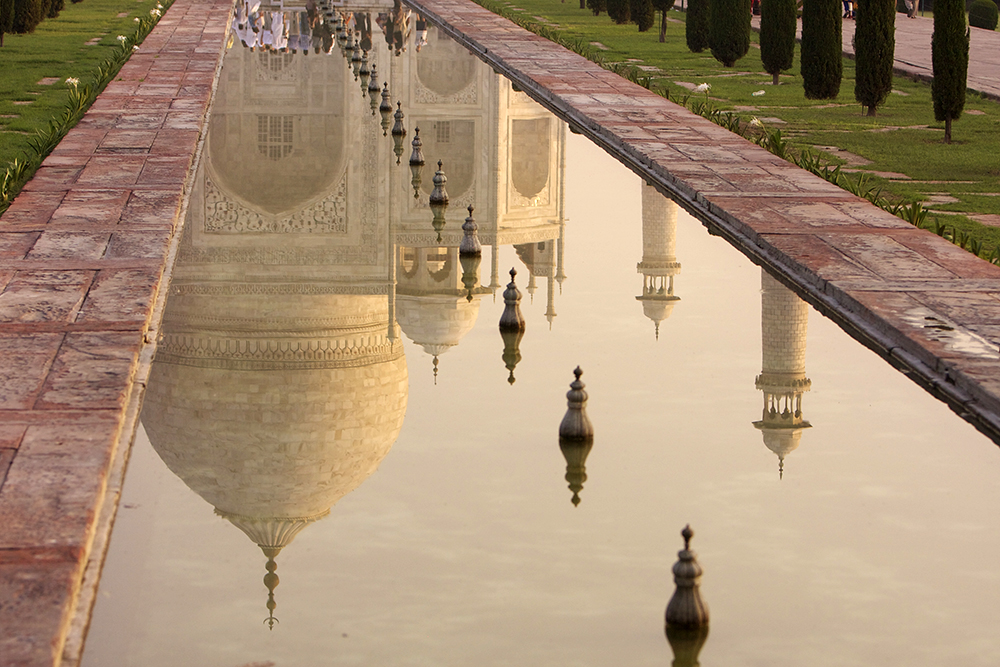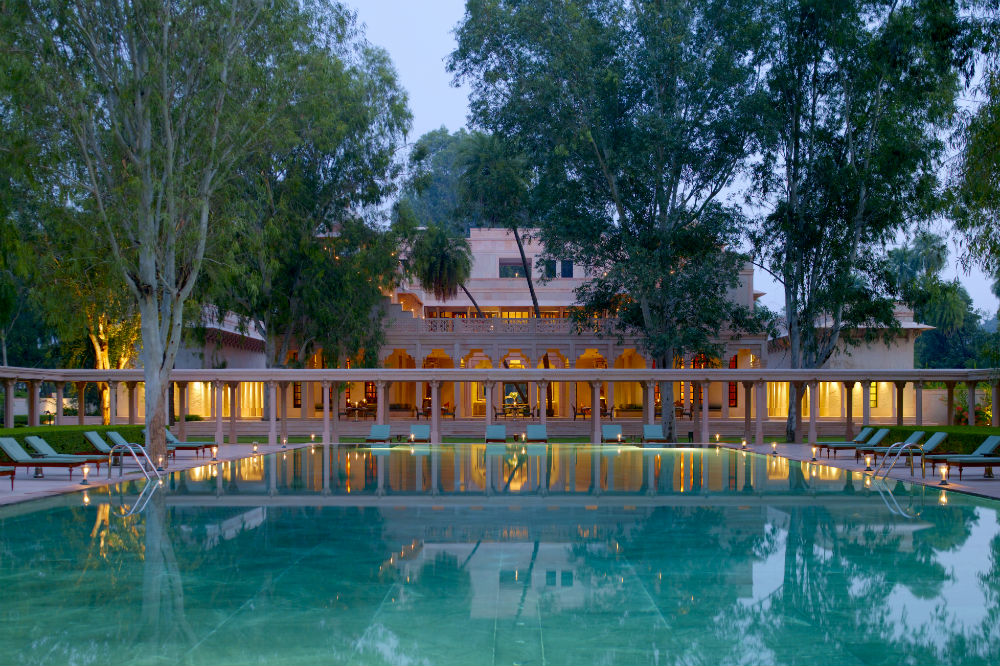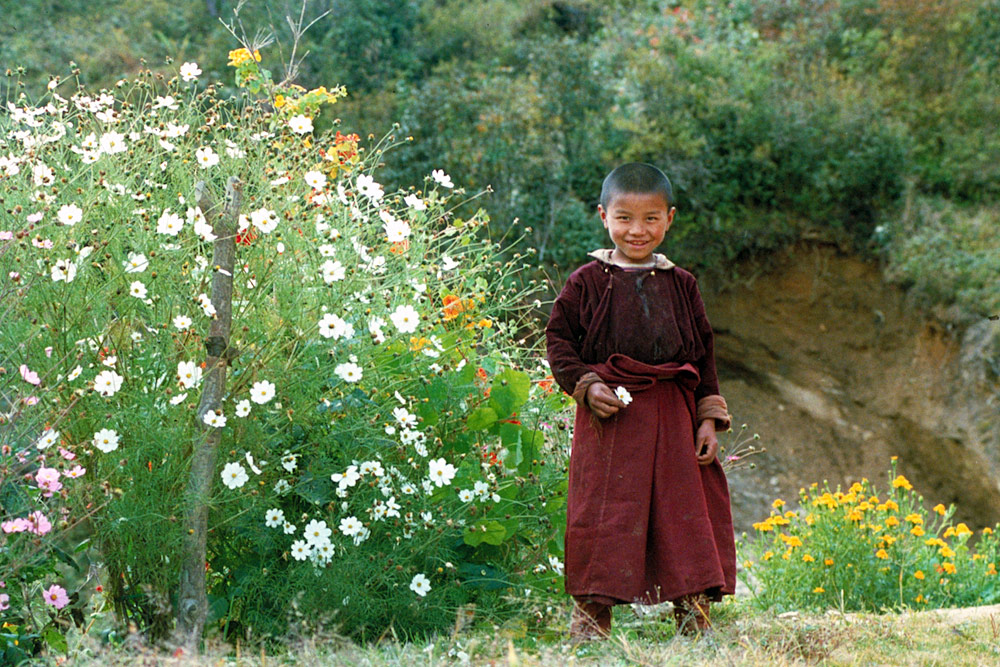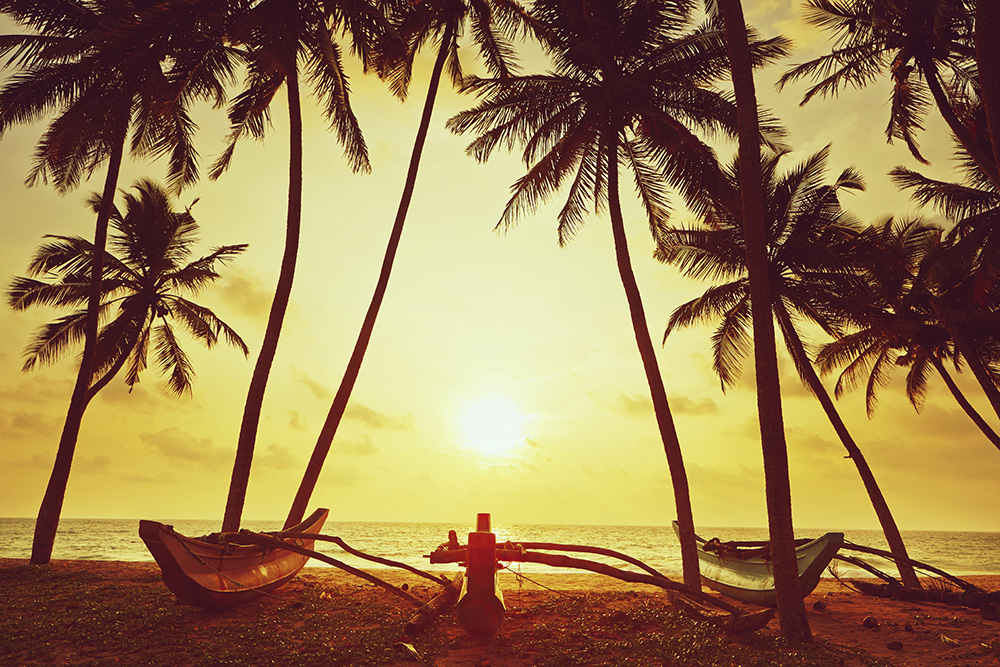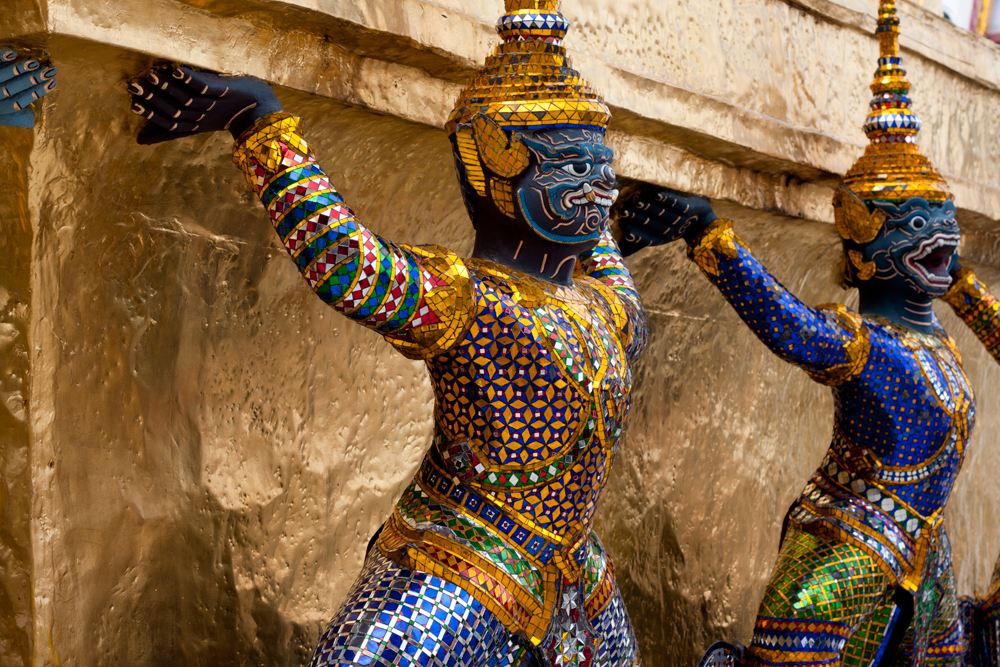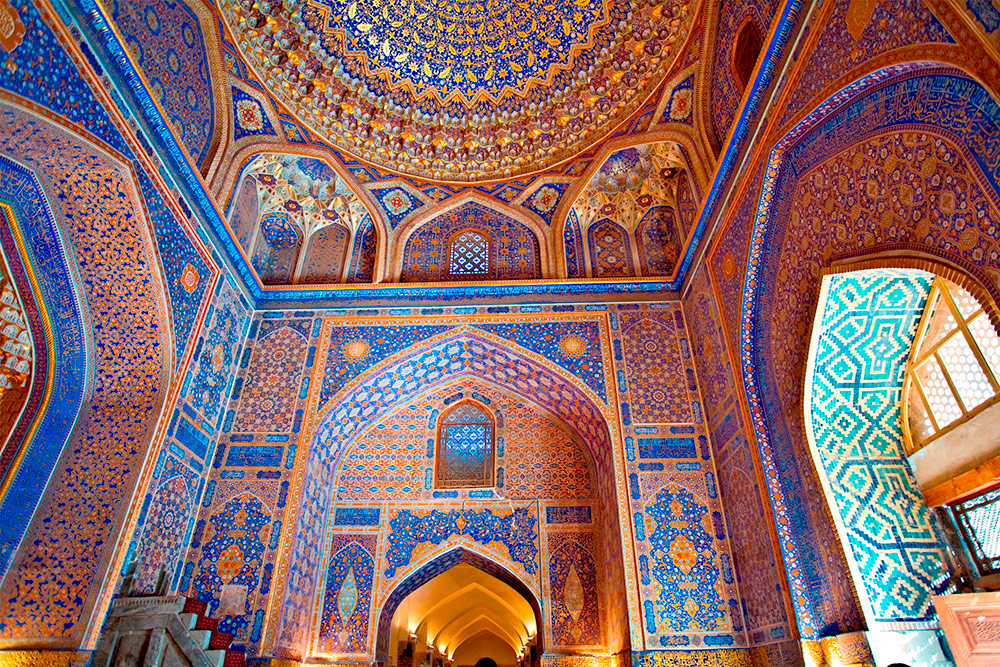The wide array of places that are great in January may surprise you. If that’s your time frame for a trip, take inspiration from your fellow travelers’ reviews of their favorite January trips—to locales as varied as Italy (even including Sicily), Scandinavia for the northern lights, Belize for a more affordable Caribbean vacation, Colombia for a sunny getaway for food lovers, Australia (where January is the height of summer), and the list goes on.
These travelers all booked their trips the WOW way: Their trips were optimized for the month of January by the local fixers on our WOW List of Trusted Travel Experts (and those whom we are testing for The WOW List). You’ll find even more ideas in the January installment of our Where to Go When series, and you’ll find more traveler reviews here.
Unsure where to go in January? Click the black button below for our help.
Italy for art and history in the cultural capitals
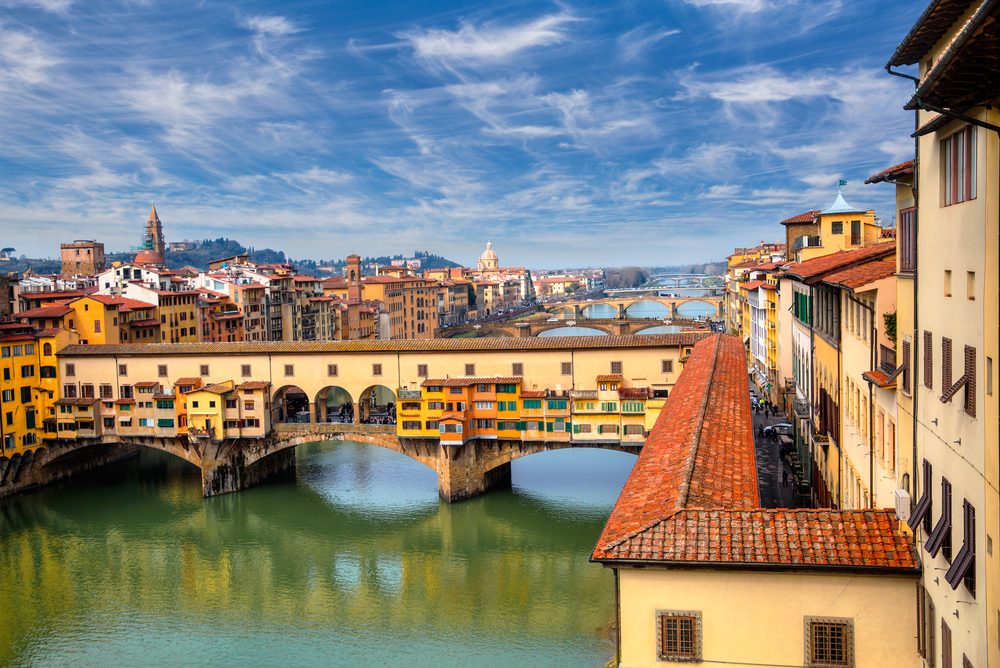
To avoid crowds (and take advantage of post-holiday sales) in Florence, go in January. Photo: Shutterstock
“My husband and I had an amazing trip to Italy in January! Jennifer had everything so well planned out it was one of the most stress-free and special trips we have taken. We spent two weeks in Italy, splitting our time in Florence, Milan, and Rome. We specifically chose January because the crowds would be less, and they were. It was the perfect time to go for us. Not hot or crowded.
She gave us ideas of things to see we were not aware of, such as touring the outside of the cathedral in Milan from the top. Touring the Borghese Gallery in Rome. Lunch at the special winery on the slopes of Mt. Vesuvius near Pompeii. And touring a private museum in Florence where we saw original drawings by Leonardo Da Vinci and the cartoon by Raphael he did for the School of Athens painting.” —Kim and Kevin Cronin
To get your own WOW trip, start with our trip questionnaire, reached via the black button below.
Portugal for beautiful landscapes and seascapes (yes, in January!)
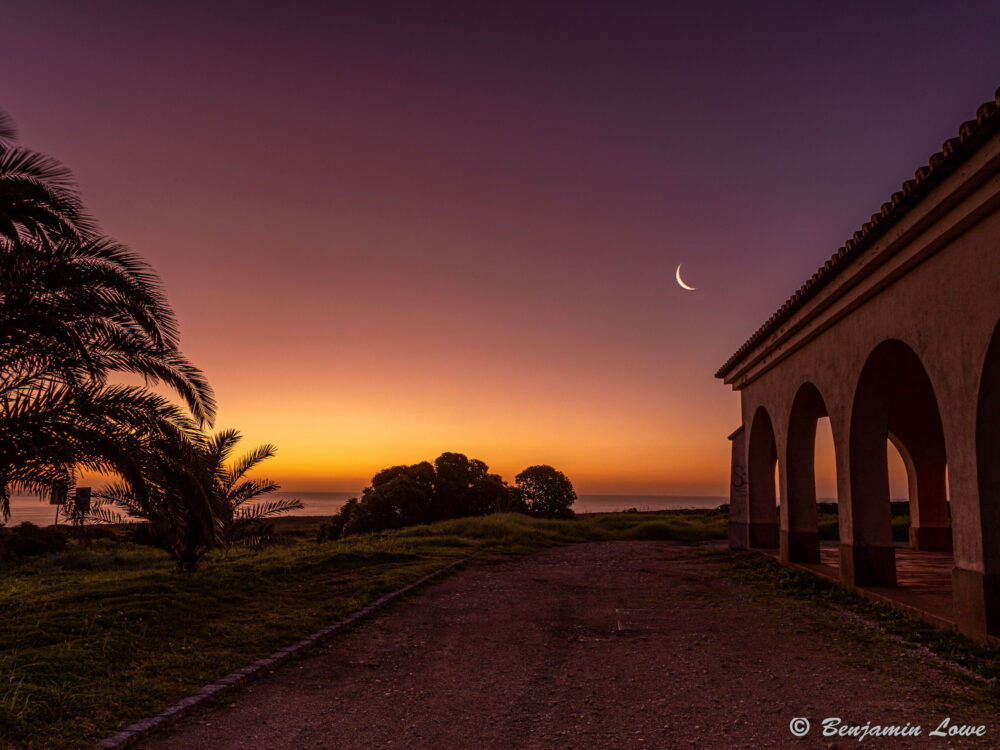
Sunset at the Pousada de Sagres on Portugal’s Algarve coast in January. Photo: Traveler Benjamin Lowe
“My husband and I went to Portugal for a week in mid-January, spending two nights in Cascais (near Lisbon), then four nights in Sagres in the Algarve, and the last night in Lisbon. Gonçalo gave us good suggestions of where to go. We told him we were interested in photographing land and seascapes, especially during sunrise and sunsets.
Patricia on Goncalo’s team booked pousadas for us because we like the historic nature of the accommodations and our rooms overlooked the ocean and we could see sunsets from our rooms in Cascais and Sagres. Free breakfasts were included in all our lodgings. She arranged a rental car and accommodated our request for a hybrid car. She also booked a full day of palace and castle tours in Sintra with a private driver and guide. In Lisbon we also did a private half-day walking/food tour, which she arranged.” —Wanchee Lowe
To get your own WOW trip, start with our trip questionnaire, reached via the black button below.
Costa Rica for a combo of relaxation and outdoor adventure (and cooking lessons!)
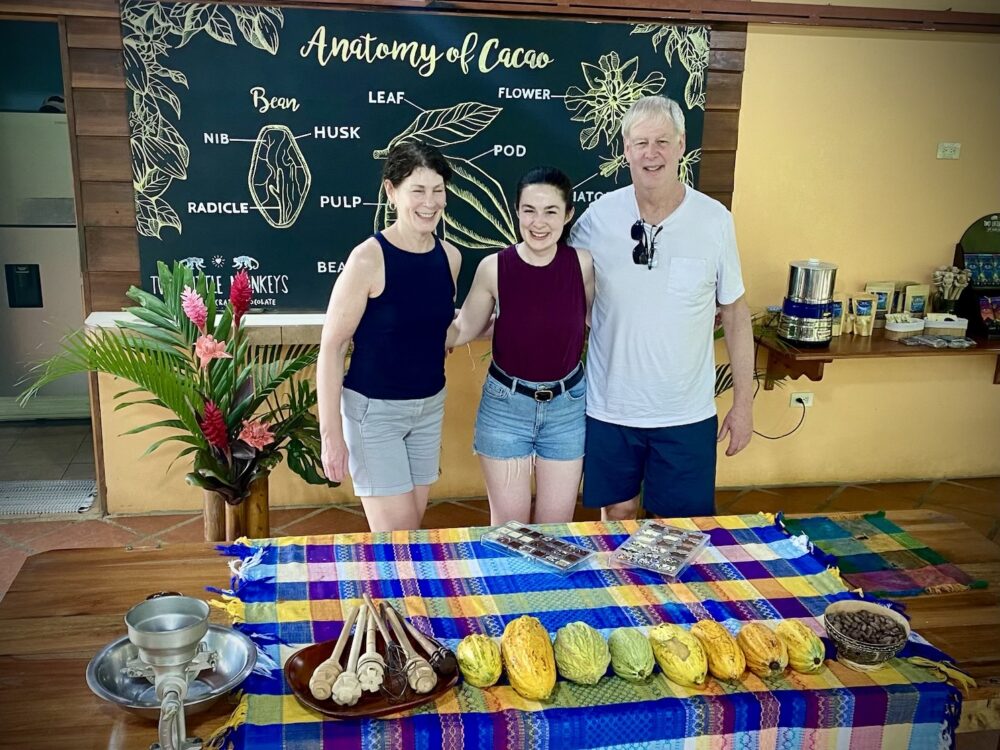
Geralyn, Elise, and Rob Westervelt loved their cacao workshop at Two Little Monkeys.
“My husband and I, both in our 60s, wanted a vacation that combined relaxation with outdoor activities, culture, nature, adventure, and eco-friendly accommodations. We began planning with Irene who asked many questions to customize our trip. Mid-way through planning, we added our 26-year-old daughter to the trip and Irene seamlessly made the adjustments.
We visited three locations during our 8 night stay. This pace allowed just enough time in each location. Our guide, Pablo, and driver, Jenkins, met us at the airport and brought us to our first location, the Arenal Volcano area. Our activities here included a sloth visit, hike up the volcano, and our two favorite experiences, a cooking class with Dona Mara and a cacao workshop at Two Little Monkeys. These are not to be missed!
Irene arranged for transport to our next location, the Senda Monteverde Hotel. We had a night walk and hanging bridges tour. With each activity, we were impressed by the vast knowledge of the guides. My daughter is in her last year of veterinarian school and she had in depth conversations about animals and ecology with many of them. We were also very pleased that every transport was punctual and safe! Our final destination was the beautiful Manuel Antonio area. The plan was to relax here, but we found ourselves hiking, zip lining, and taking a sunset tour of the property!” —Geralyn Westervelt
To get your own WOW trip, start with our trip questionnaire, reached via the black button below.
Colombia for “a beautiful climate” and a peaceful vibe that’s “far from the world’s chaos”
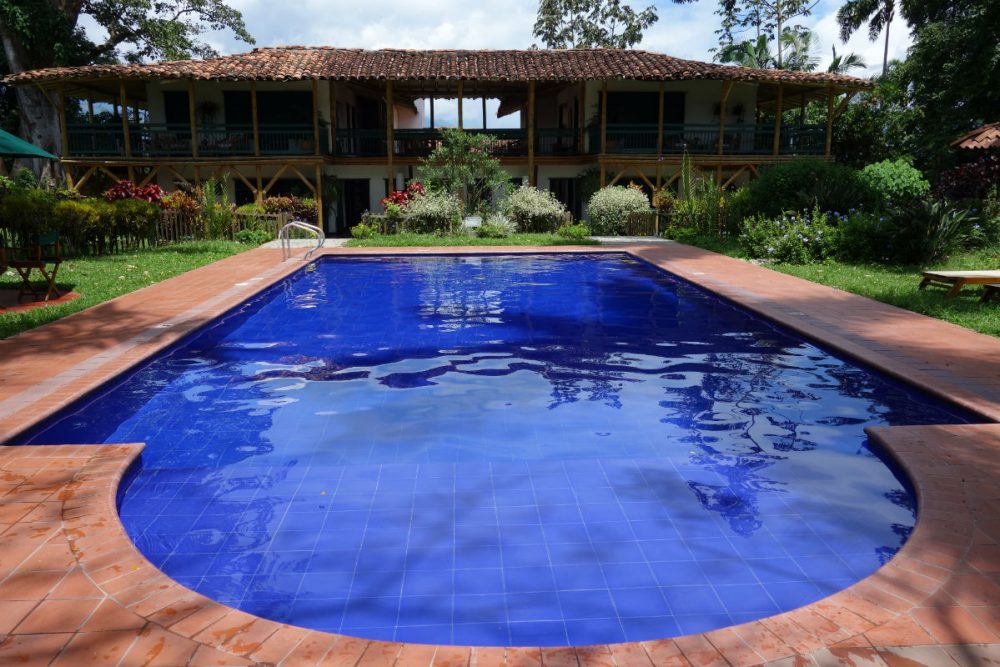
You’ll find serenity at Hacienda Bambusa in Colombia’s coffee country. Photo: Ryan Damm
“We traveled to Colombia as two couples who were well-traveled and anxious to learn, visit, and immerse ourselves into a new destination. It was snowing here in New York, and Colombia has a beautiful climate. Boris and his team planned us a wonderful trip. We started in Medellin for three nights, where we saw great street art and learned about cacao and the complicated past of this country. We also visited a magnificent orchid and hydrangea farm. From there we moved on to the coffee area, which is lush and peaceful. Bambusa is a small, quaint hacienda where we felt far from the world’s chaos.
On to coastal Cartagena, and the pace quickened with lively streets and great restaurants. We ended in Bogota, where we could have used another two days. Bogota is cosmopolitan and rich in history, art, and great restaurants. We really saw a huge cross-section of Colombia, and the hotels were all different and well-chosen. We felt very safe and educated during our stay, and I would highly recommend Boris to any traveler with a thirst to explore and learn.” —Bobbi Malzman
To get your own WOW trip, start with our trip questionnaire, reached via the black button below.
Paris for having museums (and chefs and fashion designers) to yourself
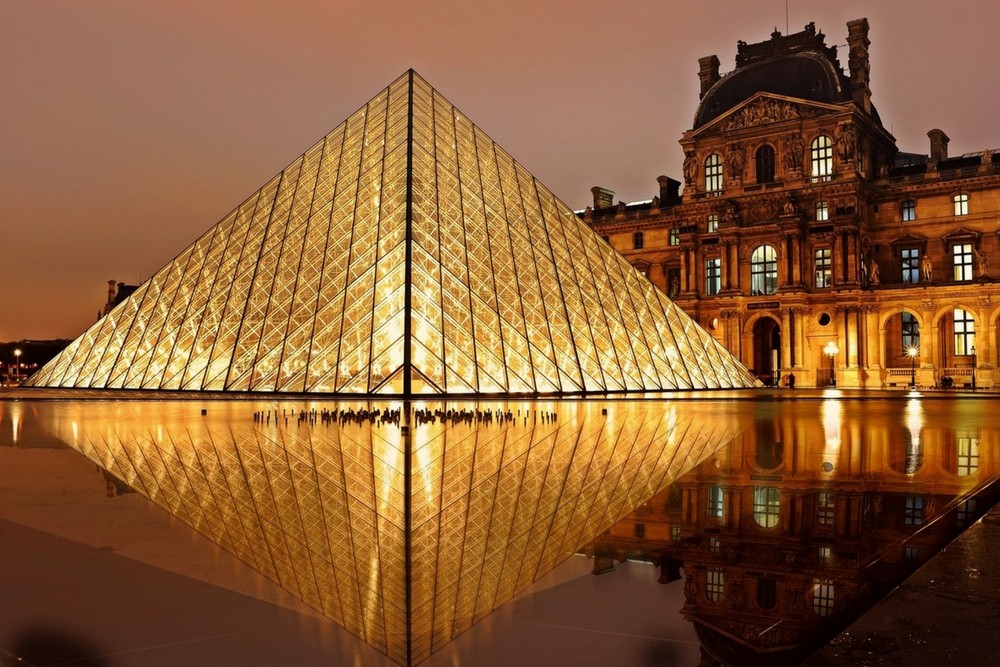
The Louvre Museum, Paris. Photo: EdiNugraha/Pixabay
“Our trip to Paris was for our daughter’s college graduation. She was interested in fashion, food, and the Louvre. Jennifer, our trip planner, did a great job planning our tours and making our dining reservations! We were very impressed with each tour guide: Our private half-day tour of the Louvre could not have been better! We loved our croissant-making class and our chef was fabulous. We were pleasantly surprised with our tour of the Dior museum—so unexpected and maybe one of our most favorite things. We had the museum to ourselves and our guide was fantastic!
Jennifer secured a fashion expert who took us to neighborhood boutiques featuring up-and-coming Parisian designers, and this was a real treat! We loved meeting the shop owners, and we felt like locals shopping for the afternoon.” —Kim Brown
To get your own WOW trip, start with our trip questionnaire, reached via the black button below.
Antarctica for otherworldly adventure but with all the creature comforts

Barbara and Larry Schoenfeld celebrated their arrival in Antarctica with champagne.
“We told Ashton that we wanted a small ship with top-notch scientific experts on board. I was hyper-focused on the potential for unpleasantness crossing the Drake Passage. Comfortable cabins and good food wouldn’t hurt. And, we were not very flexible with travel dates.
Ashton quickly produced a short list of recommendations, despite the availability constraints due to the surge in demand for travel to Antarctica. We sailed on the Seabourn Pursuit. It is a luxurious new ship and is outfitted with stabilizers, which softened the rocky ride across the Drake. While in Antarctica, there were two excursions via Zodiacs daily—usually involving a hike on land or an island. They included walking among penguins and seals, floating among jaw-droppingly beautiful sculptural icebergs, traversing the rim of a caldera, and seeing ruins of former explorers and whalers.” —Barbara Schoenfeld
To get your own WOW trip, start with our trip questionnaire, reached via the black button below.
Belize for a Caribbean vacation that combines jungle, beach, and culture
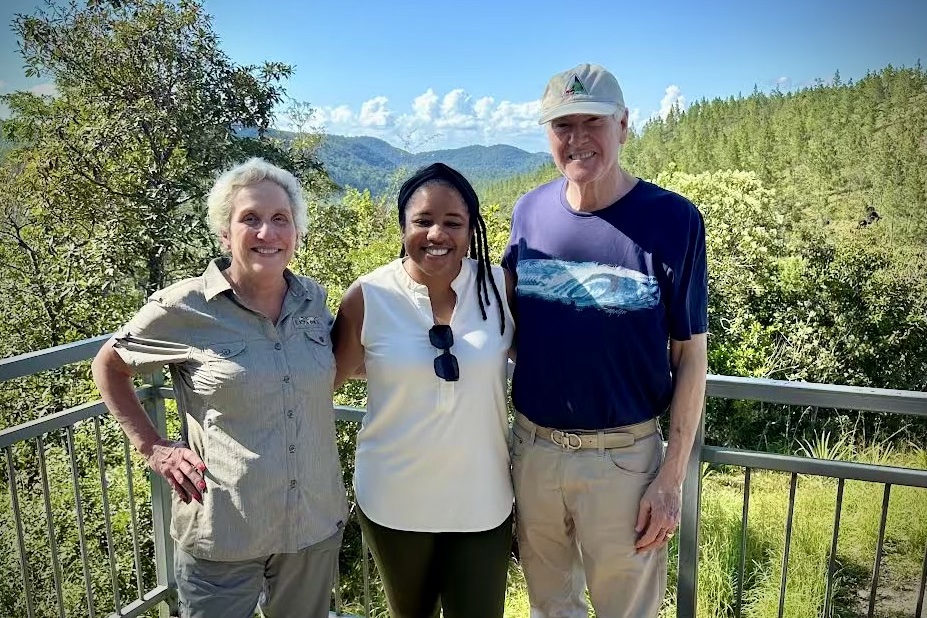
Travelers Salena and Allen Kern during lunch with their WOW List trip-planning expert Patricia Johnson
“My criteria was a direct flight from Newark, warmth, a place we’d never been to with lots to do if we wished, and a Wendy Perrin advisor. It took about a minute to find Belize and Patricia. And we were off…. Patricia recommended a few places to stay, and two of the resorts (one in the jungle and the other on the beach) were owned by Francis Ford Coppola. Who knew? Not I, for sure. Well, my husband was an extra in Apocalypse Now many years ago and that was that. He was thrilled to be seeing what Coppola had created in Belize. Both resorts were beautiful but Blancaneaux Lodge was one of the nicest places I have stayed in my life.
We climbed ruins, rafted through a cave that should have been a cathedral, and visited an entrepreneurial coffee ‘factory’ amongst other things. Most important to me, however, was that we got to know something about the current economy of this young country and much about its varied cultures.
On our first full day, we were surprised by our WOW Moment. At this most beautiful site, overlooking a series of waterfalls, we were served lunch by a local family (now, Patricia did know that I am a bit of a foodie) who served us a traditional Mayan lunch, nouvelle-style. The family has a catering company called U Janal Masewal, Ancient Recipes for a Modern World. That sort of sums up my worldview too. And Patricia met us there for lunch.
This lunch opened our eyes to what was happening in the local communities. The Mayan culture isn’t stuck in the past or lost, as it is in Chiapas, Mexico, where I visited last year. The Belizeans are creating a wonderful and mixed culture ripe for all sorts of tourism.” —Salena Kern
To get your own WOW trip, start with our trip questionnaire, reached via the black button below.
Tahiti and Bora Bora for a boat charter and the ultimate beach resort
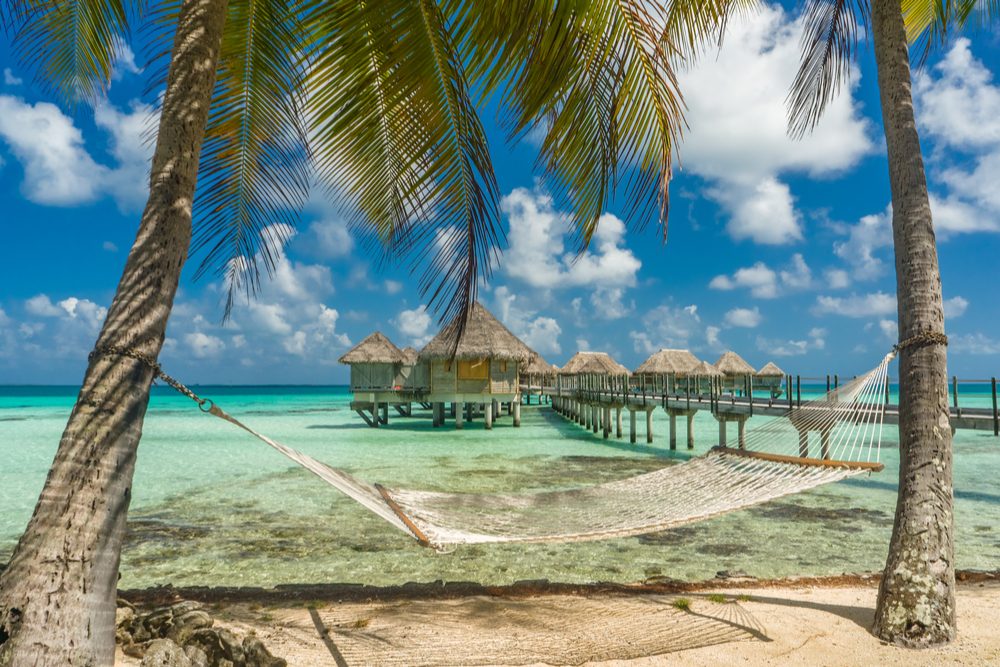
French Polynesia is great for snorkeling, diving, birding, or just relaxing in a hammock. Photo: Shutterstock
“Our family of six adult children and a four-year-old grandchild recently returned from a trip to Tahiti (December 29 to January 12) organized by Kleon. Kleon did such a good job getting quotes for various options from chartering a boat to picking out the best resort for our family for the week stay. The Conrad Bora Bora Nui was perfect for this holiday adventure with the entire family. My husband and I added a five-night stay at The Brando, which was an incredible resort, especially for the privacy, the beautiful units, and numerous activities offered there. The most unique travel experience was observing 80 or more baby turtles being released twice during our stay at The Brando.” —Carol Powell
To get your own WOW trip, start with our trip questionnaire, reached via the black button below.
Peru for adventures at Machu Picchu and in the Amazon
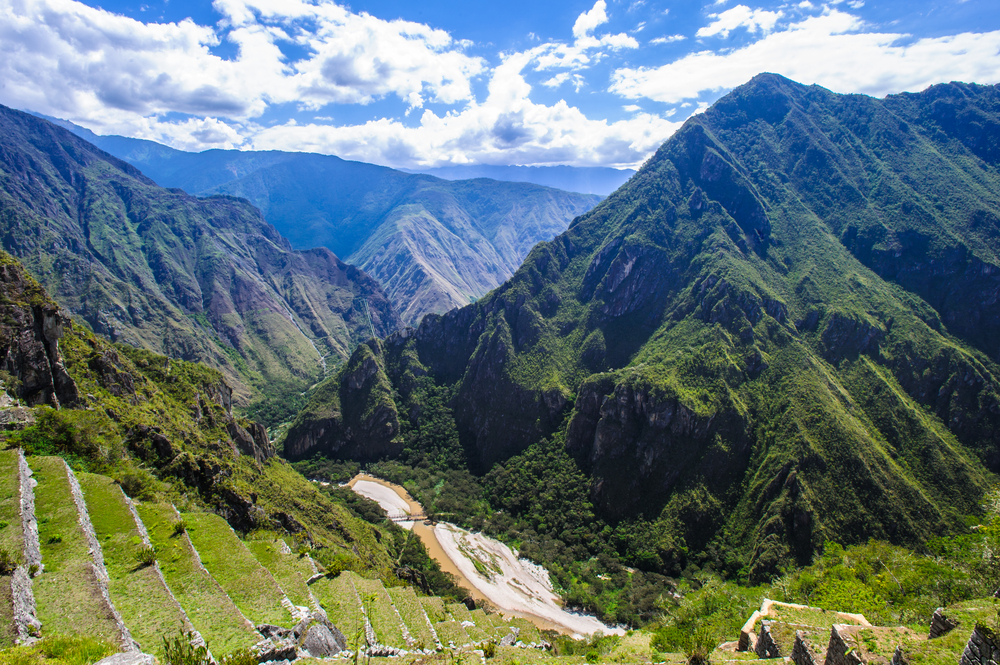
The Sacred Valley in Peru. Photo: Shutterstock
“My granddaughter and I just returned from our third New Year’s adventure organized by Allie. This trip’s primary objective was the Sacred Valley and Machu Picchu.
Our base in the Sacred Valley was the Sol y Luna Hotel. Could not have asked for better accommodations. We visited many Inca sites. We also had a day of whitewater rafting. The Urubamba market is open twice a week, so we took the opportunity to shop with the locals. Being the new year, the flowers were aplenty, yellow, a color of note to the Peruvians at New Year. The highlight of the trip was Machu Picchu citadel. Pictures do not do it justice. The vastness of the site in the clouds and the river far below. It was beautiful!
On New Year’s Eve we had good intentions on staying up to ring in the new year, but Allie had other plans, gratefully and thankfully. The next morning we returned very early to the citadel. Allie was able to obtain tickets for Huayna Picchu. Tickets are in a limited number. We were very fortunate, as many people are disappointed when they find out tickets are not available. Allie had procured ours well in advance. My granddaughter climbed Huayna Picchu, also known as ‘the stairs of death,’ an experience she will never forget.
We returned to Cusco for a day, then it was off to the Amazon. Our flight was followed by a 45-minute powered canoe ride to the Inkaterra Reserva Amazonica, an eco lodge and our home for the next three days. We had a riverside cabana on the Madre del Dias River. In the mornings, we could hear howler monkeys and other unknown critters. It was the rainy season, so we had rain and thunderstorms daily. The weather did not hamper our activities, actually the weather was part of the experience. Although we had a twilight boat excursion and jungle canopy walks, our highlight was fishing on Lake Valencia. We went piranha fishing, followed by a shore lunch.” —Jim Stock
To get your own WOW trip, start with our trip questionnaire, reached via the black button below.
Dubai for perfect weather for desert safaris

Bernirene Ramos and friends in Dubai’s Heritage Desert.
“Our group chat was called, ‘Dubai, Here We Are!’ Nick planned my ‘ladies’ trip,’ from accommodation to our daily itinerary. January was the perfect time. It was sunny, low-mid 80s during the day and low 70s in the evening. It was Dubai’s winter season, therefore popular sites were not crowded. We were able to capture great photos without being blocked by others.
We were in Dubai for 7 days and we made every day count. The itinerary was well coordinated to cover all the amazing ‘must-sees’ and still allowed for daily free time. We had to switch our visit to Abu Dhabi to a different day because of a last-minute intel of a private event at the Qasr A Watan. And, we wanted to add a couple of ‘must-sees and photo-ops’ during our trip. Nick was able to rearrange our schedule and coordinate with our tour guides seamlessly. It worked out perfectly. He was accessible 24/7. We were taken care of from the time we disembarked the plane at arrival to the time we departed Dubai. Our drivers were great, tour guides were knowledgeable, friendly and fun to be around. We did the Heritage Safari Desert trip on our last day. It was the perfect ending to an amazing trip! Thank you Nick!” —Bernirene Ramos
To get your own WOW trip, start with our trip questionnaire, reached via the black button below.
Norway for the northern lights (plus dogsledding, snowmobiling, and saunas)
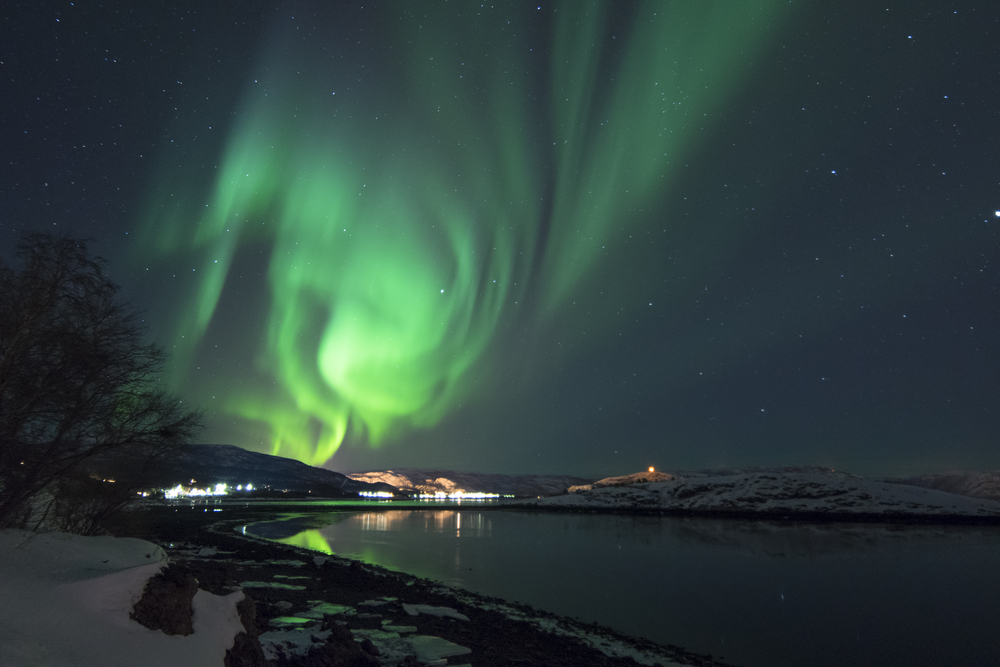
Alta, Norway, is one of the best places for spotting the northern lights in January. Photo: Shutterstock
“Truly a trip of a lifetime. My family of 4 (me, my husband and two adult boys) went to Alta where we went dogsledding, snowmobiling, and saw the northern lights. In Oslo we went on a very interesting architecture tour. The highlight was relaxing in the lodge sauna after a day spent snowmobiling and getting called by the lodge staff to come outside to watch the northern lights!
The staff at all of the places Torunn and Mari sent us to were exceptional and would go out of their way to provide assistance. We can’t wait to go back sometime in the summer now and see the same location again.” —Neha Vyas
To get your own WOW trip, start with our trip questionnaire, reached via the black button below.
Panama for the legendary Canal and an “amazing” private-island resort
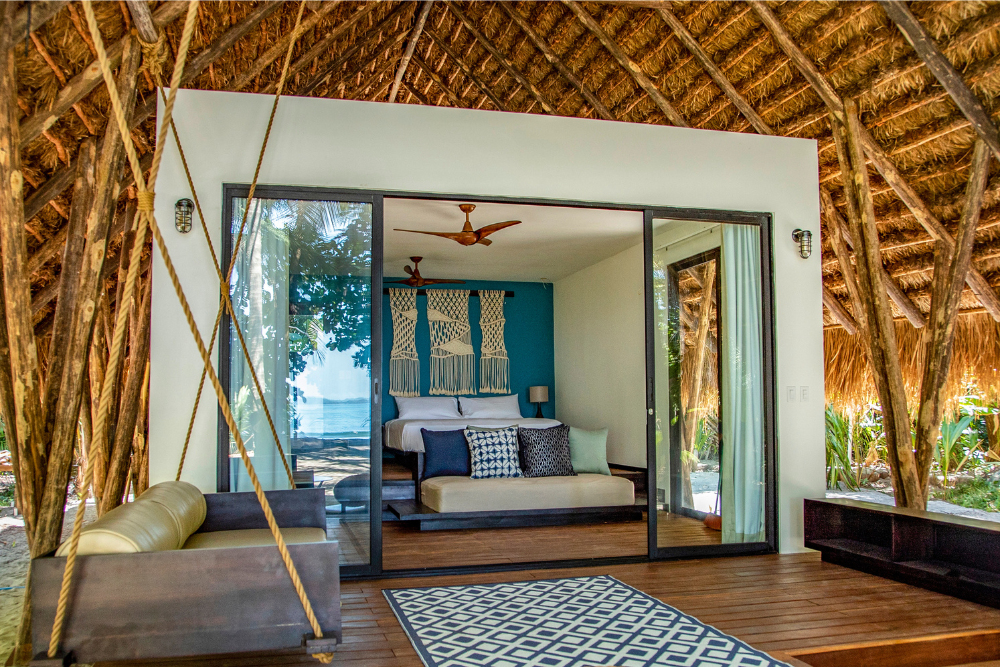
An eco-friendly private-island resort, Isla Palenque is located on Panama’s Pacific coast. Photo: Isla Palenque
“Pierre organized a great trip to Panama for us—two 60-plus-year-olds who were looking for some cultural moments as well as some serious relaxation. We started in Panama City and with Pierre’s guidance organized our vacation dates around a fascinating partial transit tour of the Panama Canal, which is only available a few days each week. We also enjoyed our visit to the Embera indigenous village, especially the boat ride to the waterfalls. I was worried that this might be exploitative, but the tours are run by the Embera themselves. Lunch of fish and plantains in a palm leaf was delicious.
Our city tour the next day was hindered by the fact that it was a national holiday, but Pierre’s team came through and organized a hike to the top of Ancon Hill for great views over the city and a visit to the fish market, with lunch. Our hotel, La Compania, in the old city was amazing, and Pierre wisely booked us a courtyard room to avoid the street noise. We loved being in the old city with its restaurants, bars and ambiance.
We then enjoyed the relaxation part of the trip, six nights at the amazing Isla Palenque. This very small resort where everybody knows your name was everything we wanted: peaceful, beautiful, great food and drinks. When we felt the urge to move a bit we went hiking in the rainforest, kayaking and did an island-hopping trip with snorkeling and lunch on a deserted beach that was wonderful.” —Christine Zufelt
To get your own WOW trip, start with our trip questionnaire, reached via the black button below.
Australia for Sydney’s famous New Year’s Eve and snorkeling on the Great Barrier Reef
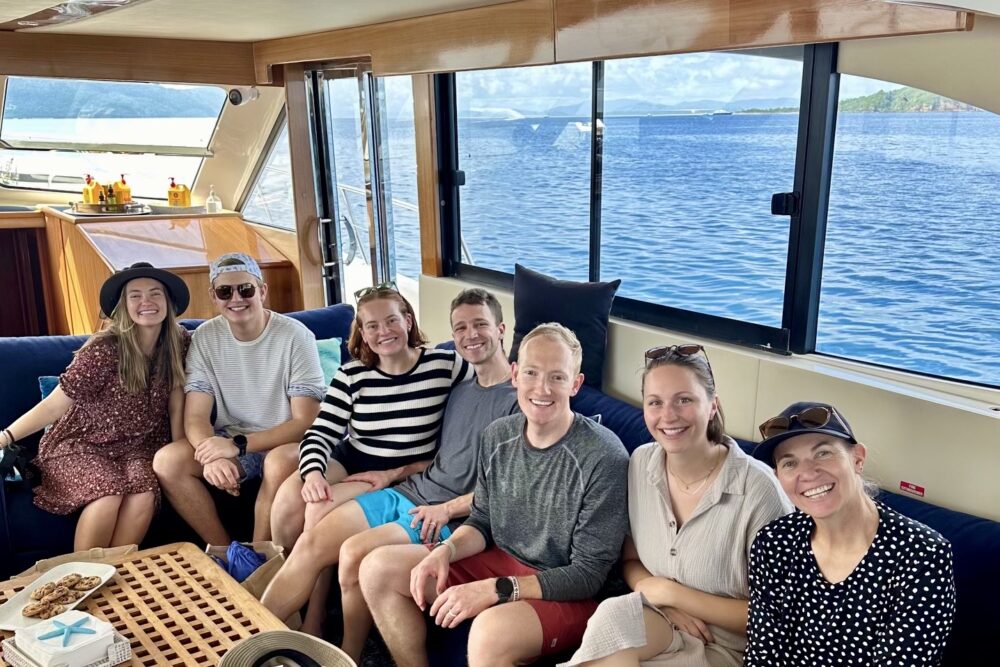
The Bengtzen family spent a day snorkeling on the Great Barrier Reef from a private yacht.
“New Year’s in Australia had been a dream of mine since I was 14. We began in Sydney, where we stayed at the Shangri-La hotel. It gave us an amazing view for the fireworks, which were absolutely incredible. It was perfect for us and our adult kids to watch and not have to fight the crowds.
From Sydney we went to Hayman Island in the Whitsundays islands. This was a one-of -a-kind experience. From here we were able to have a private snorkeling trip to the Great Barrier Reef—both the inner and outer reefs. Restaurants on the island were fantastic, and the beach is heaven. From Hayman we went to Noosa, where we had an incredible experience kayaking on the ocean. The shopping and food were wonderful and gave us a great end to our trip.
None of this would have been possible if I hadn’t found Wendy Perrin and her referral of Stuart. Stuart and Jacki then took our dates, our family info, and planned a once-in-a-lifetime trip for us. I cannot recommend them enough.” —Keri Bengtzen
To get your own WOW trip, start with our trip questionnaire, reached via the black button below.
Sicily for meeting “wonderful people” over archaeology hikes and culinary experiences
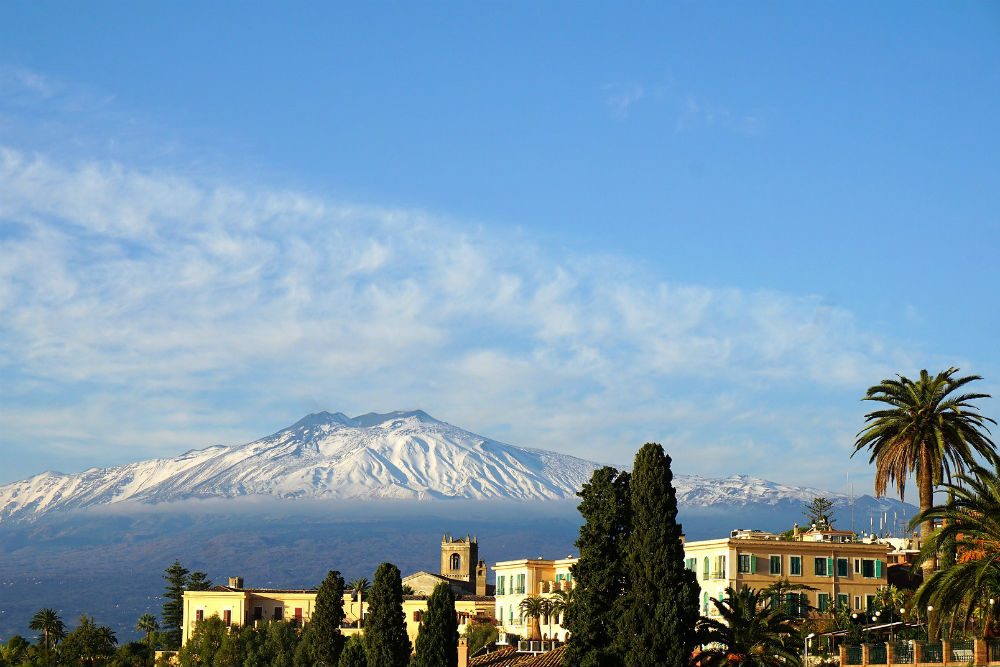
Mt. Etna stands out from a dusting of snow in winter. Photo: Pixabay
“While January might not be the ideal time to visit Sicily (with the weather less than cooperative!), we saw, learned, engaged, and met wonderful people all along the way—from Palermo and surrounding towns Monreale, Castelbuono, Cefalu to Villa Romana del Casale, Agrigento, Testa dell’Acqua, Noto, Siracusa/Ortigia to Mt Etna. More than anything, getting to know Sicilians—over good conversations, culinary experiences, archaeology hikes, tours, food and wine—was the highlight of the entire trip. Marcello’s selection of guides and hosts was superb.
Perhaps the highlight of many highlights was the final day at Mt. Etna guided by Salvo (a volcanologist) followed by our visit to the Santa Maria La Nave Winery for a tour, wine tasting, and lunch hosted by Vera and Carmello. They epitomized the warmth, welcome and pride of purpose we found every day during this first visit to Sicily. We look forward to returning soon to this stunning, fascinating, history-filled island.” —Barbara Gross
To get your own WOW trip, start with our trip questionnaire, reached via the black button below.
Sri Lanka for an exotic (yet affordable) island with welcoming people and delicious cuisine
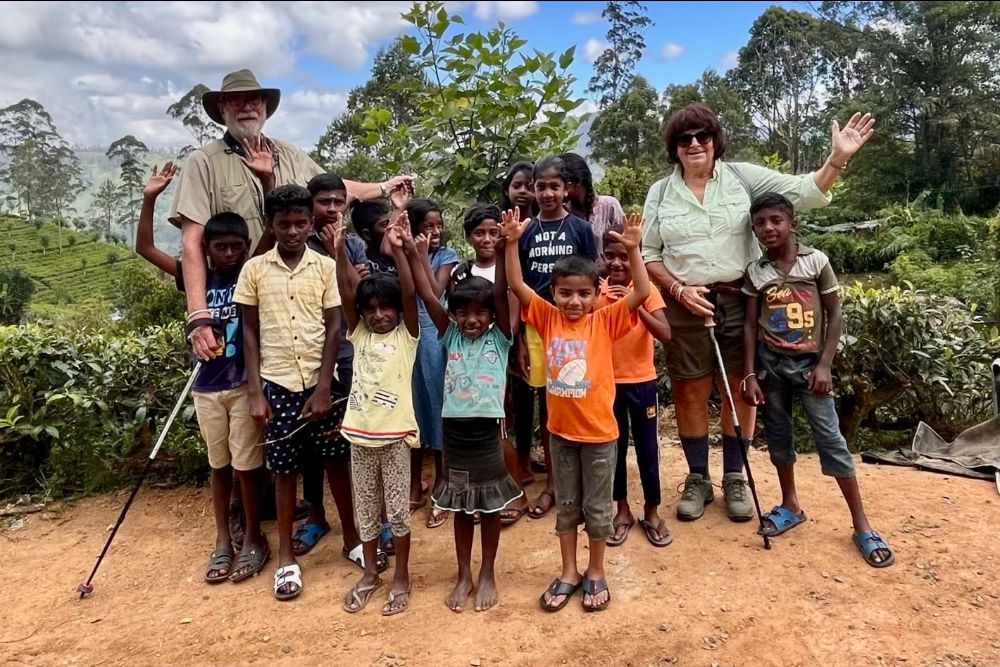
Jan Heininger and husband Jamie Reuter meeting village kids on a Tea Trail hike.
“We had a three-week trip to Sri Lanka planned by Miguel. This very interesting trip covered almost the entire country from the Cultural Triangle with its archaeological ruins, cave temples and Buddhist sacred sites, its historic capitals of Anuradhapura and Kandy, its largest national park (Yala) famed for its leopards, its gorgeous Indian Ocean beaches, its colonial past displayed in the Galle Fort, and its myriad of agricultural products, especially tea and cinnamon.
Miguel ensured that we had a flexible schedule. Our driver, Thissa, could say, ‘Let’s stop and see that bird,’ or we could stop and taste a Golden coconut or visit a local market where we were introduced to many unfamiliar vegetables and fruits that are essential elements of Sri Lankan cuisine.
Miguel had us stay in wonderful places, including two Aman resorts on the south coast. At Amanwella, we took one of the best cooking classes we’ve ever had with the Executive Chef. At Amangalla in Galle Fort, we went for a bike ride in the countryside (beware of heat exhaustion), toured the Fort with a terrific local guide, and had a workshop making and painting traditional Sri Lankan masks. Miguel also booked us into Castlereagh, a five-room, former tea plantation manager’s bungalow. We were told to treat it like our home—just tell them what we wanted to eat and when.
Miguel set up wonderful experiences including the cooking class, a mask carving and painting workshop and visits to a cinnamon plantation and to a tea factory. He had us hike a segment of the Tea Trail where we interacted with women tea pickers and with kids and villagers we encountered along the way. The mask my husband carved from a block of balsa wood and the two we painted are off being framed right now and will always be physical reminders of our time in Sri Lanka.” —Jan Heininger
To get your own WOW trip, start with our trip questionnaire, reached via the black button below.
Chile for Patagonia’s unique nature and wildlife
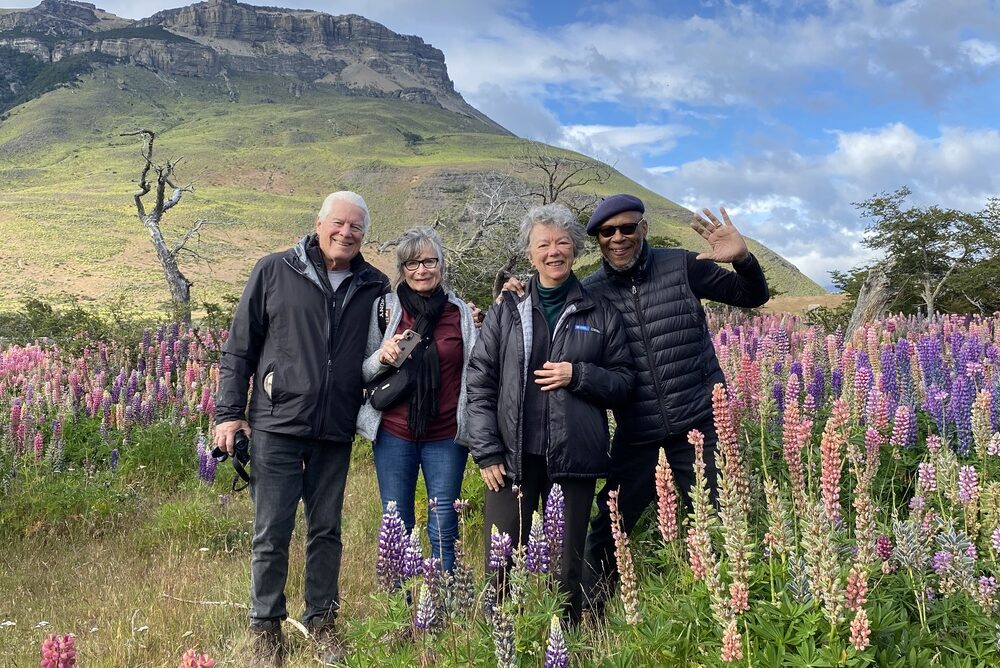
Bill Livingood, Lynn Woodhouse, Sandra Quinn, and Stephen Thomas walk through a field of lupine during a birdwatching excursion in Chilean Patagonia.
“My husband, two friends and I have just returned from our trip to Chilean Patagonia, and once again, we were in the expert hands of Maita and her team. We began with a 3-night stay at the Singular Patagonia, outside of Puerto Natales. What a stunning and unique small hotel in a gorgeous setting overlooking a fjord. One wall of our room was a window onto the fjord and the activity of so many birds. We loved our bird-watching excursion there. With our great guide, we spent literally the entire day hiking through forest, pampa and the wetlands, spotting 41 species of birds. When we got to the end, and were pretty spent, our guide and driver served wine, water, tea, lentil soup and cheese, sausages and crackers. That certainly refreshed us. We enjoyed an afternoon empanada class and an interesting trek to three different caves. The Singular is definitely worth the stay.
From there, we drove to Tierra Patagonia, just outside Torres del Paine National Park. Magnificent view from our huge window in our room!!! We seized the opportunity for multiple excursions, as well as enjoying massages in the spa, taking a swim, and braving the wind for the outdoor hot tub. We saw lots of wildlife, wildflowers, stunning sunsets, and on our last morning, the entire dining room was abuzz when we saw a puma saunter across the property in front of us.
We spent our last night in the Singular Santiago, our second stay there, and it is a lovely hotel in a great location. Before our departure for the US, we had an extraordinary WOW Moment: Maita and team had arranged a cooking class and dinner with Tatan, a chef who hosted us at his home overlooking the city and mountains. He was gracious, interesting, and charming. We began with luscious appetizers on the balcony, and moved to the kitchen where he had organized work stations and assignments for each of us as we made ceviche and pisco sours. In addition to having fun, we learned new cooking skills. Gary, our escort to the airport, had to drag us away as we enjoyed our meal and delicious cheesecake on the balcony. With Tatan and Gary, we learned more about life in Santiago and Chile. By the end of the evening, we had begun questioning whether this trip, our third to Chile, would be our last, as we learned more about other places and things to do.” —Sandra Quinn
To get your own WOW trip, start with our trip questionnaire, reached via the black button below.
Finland for the northern lights and other Arctic adventures (ice fishing, dogsledding…)
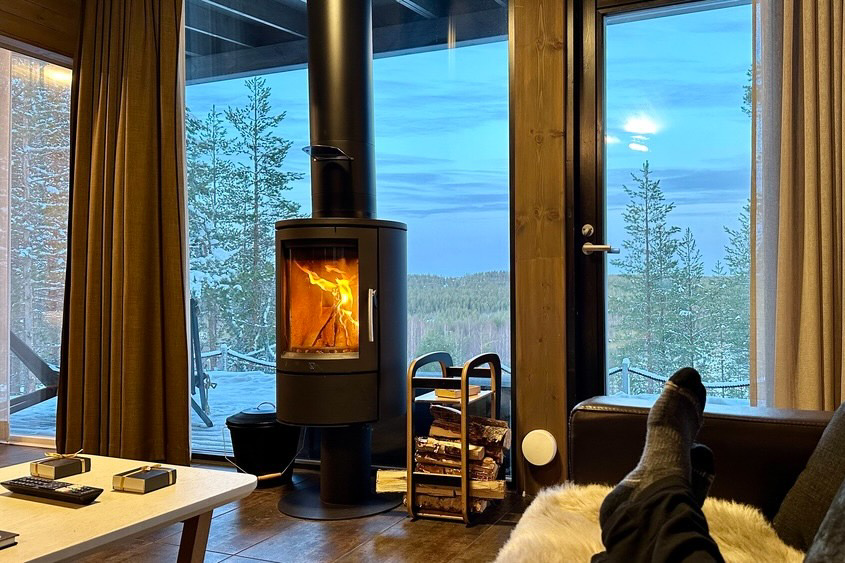
Between outdoor adventures, Michael Ruma warmed up in his Glass House Suite. Photo: Traveler Michael Ruma
“My wife said she’d like to see the aurora borealis and, with Wendy’s help, we were quickly introduced to Leigh, who created a delightful week of fun in Finland.
We hopped an easy flight from Helsinki to Rovaniemi, which lies directly on the latitude of the Arctic Circle. An efficient, private transfer brought us to the Arctic TreeHouse Hotel. Met with warm blueberry juice, we checked into our Glass House suite. Our room had a centrally located living room with an enclosed wood-burning stove along with two bathrooms, one of which had our very own dry sauna.
Advised to download the Aurora app, we learned about the KP index which predicts the probability of witnessing the northern lights. Fortunately, after dinner at the hotel, a notification from the app informed us at 9pm the chance was high! Intent on seeing the natural phenomenon, we bundled up and hiked up a trail to a 50-foot observation tower specifically designed for viewing the lights. Finnish myths say the lights are caused when a fox runs across the Arctic landscape whipping up snow from its tail, sparking the lights in the night sky.
Regardless of the cause, we were blessed by an hour display of a gray hazy line emerging in the distance and evolving into a bright green glow right in front of our eyes. As we watched and photographed the sky, the lights blew around us along our walk back to our room.
Our next two days were filled with other Arctic adventures which included an exciting jaunt by snowmobile to learn how to ice fish on a frozen lake and then dog sledding on a snowy day in the beautiful and vast northern Finnish countryside. We concluded our trip with a train ride from Rovaniemi back to Helsinki. On our last day in Helsinki, we splurged and dined at Restaurant Savoy.
We would happily come back to Finland for a future visit either in the winter to take in the unique night sky, but this time much further north, or during the summer to take in the lively and sunny long days in Helsinki filled with so much to see, taste, and do. Delighted by its vast country, small polite population, and compact capital, its seasonally focused food, and its matter-of-fact and kind people. We had such fun in Finland.” —Michael Ruma
To get your own WOW trip, start with our trip questionnaire, reached via the black button below.
Vietnam and Cambodia for blow-your-mind history, street food, and Angkor Wat at sunrise
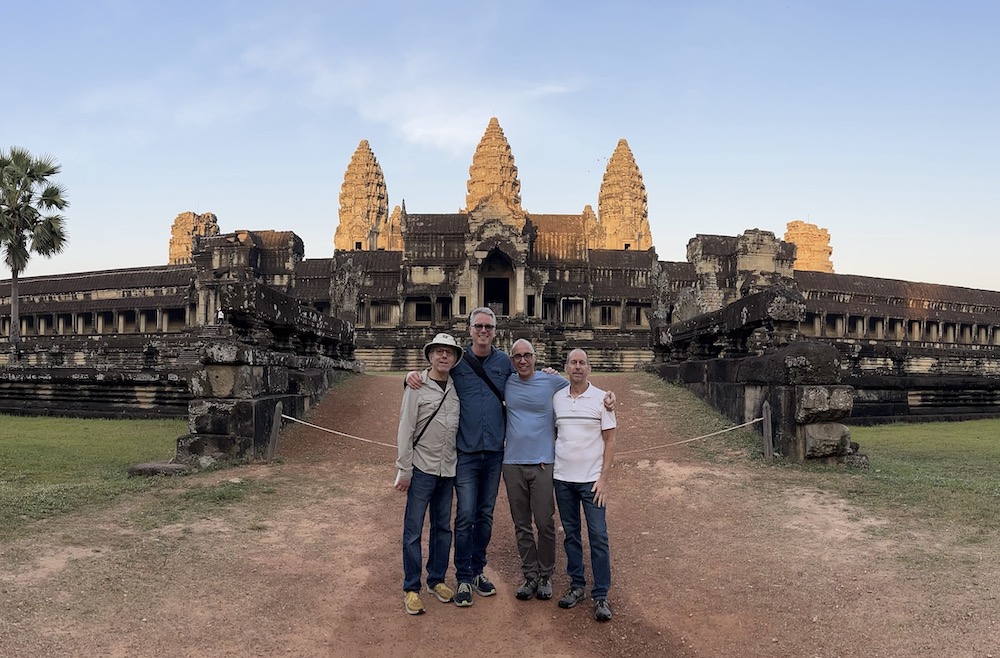
It requires careful planning to have Angkor Wat to yourself like this. Photo: Traveler David Wertheimer
“Our trip to Cambodia and Vietnam from January 21st to February 6th was spectacular. We started in Phnom Penh, and traveled from there to Siem Reap, the Angkor Wat temple complex, Saigon, Cu Chi, Hoi An, Hue, Hanoi and Ha Long Bay. Sopisith prepared our itinerary and arranged for personal guides at each of our stops. The guides were knowledgeable, friendly, and provided both historical information and personal stories that placed the horrors of the eras of the Khmer Rouge in Cambodia and the U.S. military activities in Vietnam within the context of our visit and our understanding of current life in both nations. Our guides also provided us with street food tours that allowed us to sample some of the most unusual dishes we’ve ever eaten. (The sand worm pancakes were delicious!) There were multiple ‘wow,’ bucket-list moments, including Angkor Wat at sunrise (get there early!) and Ha Long Bay, to name just two of them.” —David Wertheimer
This trip was arranged by a WOW List candidate. Here’s what that means.
Be a smarter traveler: Sign up for Wendy’s weekly newsletter to stay in the know. Read real travelers’ reviews, then use the black CONTACT buttons on Wendy’s WOW List to reach out to the right local fixer for your trip.


